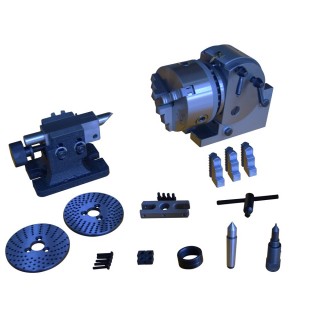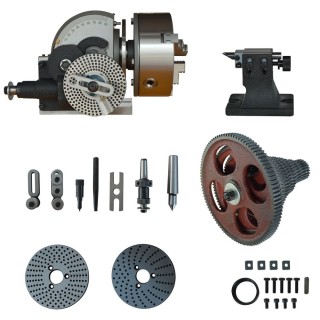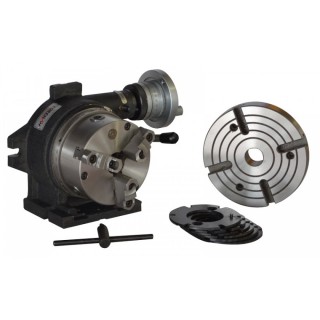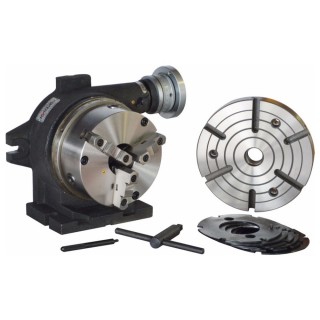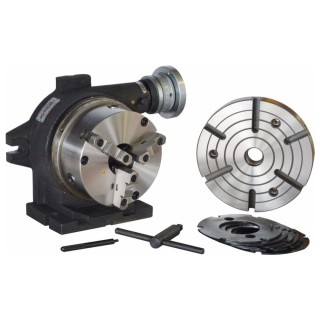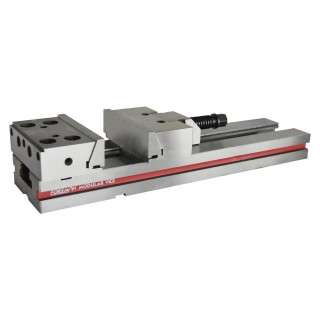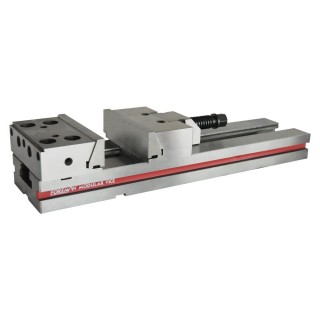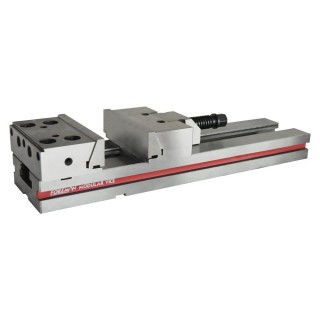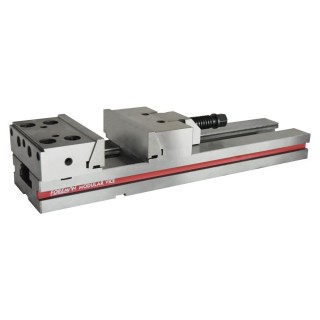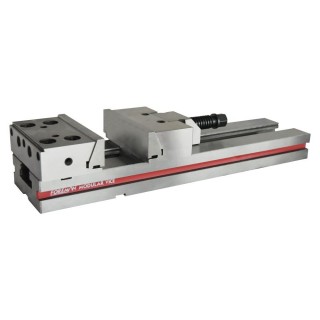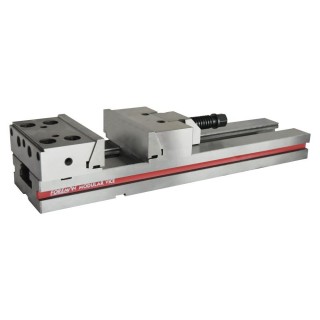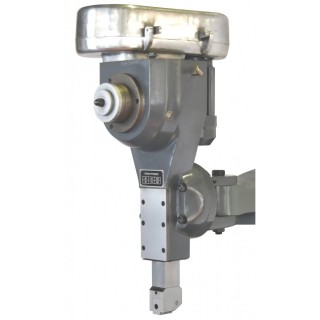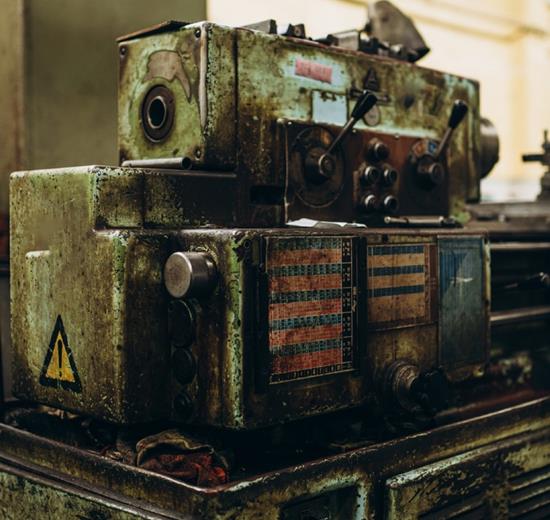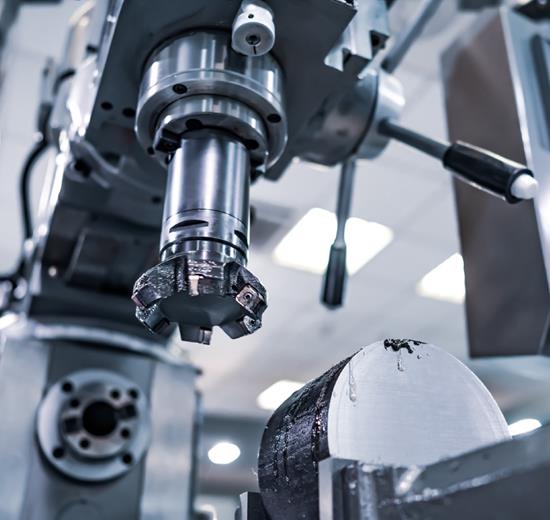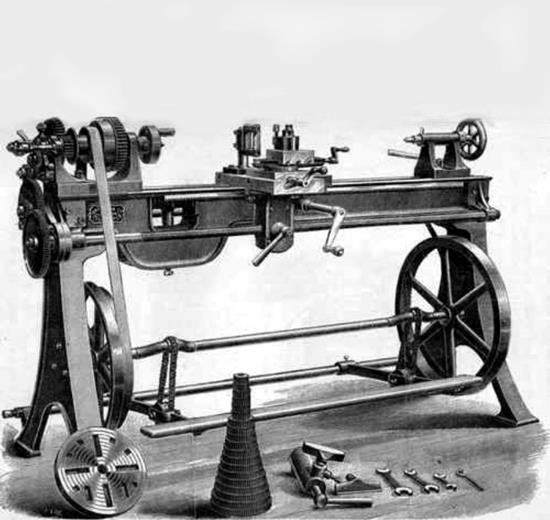Diameter Over Counter 1000 mm
Option Between 1-12 Metres Centres
Spindle Hole Diameter 130 mm
Motor Power 22 kW
Diameter Over Counter 1290 mm
Option Between 1-12 Metres Centres
Spindle Hole Diameter 130 mm
Motor Power 22 kW
Diameter Over Counter 1440 mm
Option Between 1-12 Metres Centres
Spindle Hole Diameter 130 mm
Motor Power 22 kW
Diameter Over Counter 1640 mm
Option Between 1-12 Metres Centres
Spindle Hole Diameter 130 mm
Motor Power 22 kW
SIK SORULAN SORULAR
Heavy type lathes are powerful and durable lathes designed for machining large and heavy workpieces with high precision. This type of lathes can easily process large diameter and long workpieces thanks to its wide bench width and long bed length. Heavy type lathes are ideal for demanding industrial applications with their high torque motors, robust construction and large clamping capacity. These machines have a strong structure designed to carry and process heavy workpieces and are generally used for machining large cylinders, gears, large pipes and other large-scale metal parts. Heavy type lathes are widely used in industries such as engineering, energy, marine and manufacturing.
Heavy type lathes differ from other lathe models with certain features and capabilities. Here are the differences of the heavy type lathe from other lathe models:
Capacity to Process Large Workpieces: Heavy type lathes can machine very large diameter and long workpieces thanks to their wide bench width and long bed lengths. This makes them ideal for machining large-scale parts such as large gears, cylinders and pipes.
High Weight Capacity: Heavy duty lathes are capable of machining workpieces that typically weigh up to several tonnes. This means they can handle parts that are too heavy for other standard lathe models to handle.
Powerful Motor and Torque: These machines are equipped with powerful motors to handle large workpieces safely and efficiently. The high torque allows them to cope with high resistance when machining materials.
Robust and Durable Construction: Heavy duty lathes have a robust construction with high durability. It ensures long life and reliable operation of the lathe even in harsh industrial environments.
Options with and without bridge gap: On heavy duty lathes, some models are available with a bridge hollow option. This feature allows very large diameter workpieces to be machined. Other models have gapless options that provide a continuous surface across the bench.
Special Industrial Applications: Heavy duty lathes are often used for specialised industrial applications such as energy, marine, aerospace and large-scale manufacturing. While standard lathes typically machine smaller and more delicate workpieces, heavy duty lathes are designed to work on large and heavy parts.
These differences show that heavy type lathes are larger, stronger and more durable than other lathe models and are generally used for larger scale machining jobs.
Here are some important factors to consider when purchasing a heavy duty lathe:
Workpiece Dimensions and Weight: Features such as the bench width, bed length and maximum workpiece diameter of the lathe should suit your machining needs. Also, it is important to check the maximum workpiece weight that the machine can carry.
Power and Torque Capacity: The engine power and torque capacity of the heavy type lathe should be appropriate according to the material of the workpiece. High torque is required for machining large and hard materials.
Structure and Durability: The structural integrity and durability of the lathe are critical for long life and reliable performance. A heavy and robust structure provides stability under harsh machining conditions.
Cutting Tool and Bearing Construction: The quality of the cutting tool and bed structure has a direct impact on workpiece accuracy and machining quality. Bed width and design affect the ability to machine long and large parts.
Options with and without Bridge Cavity: Models with bridge clearance are suitable for large diameter workpieces. Gapless options can be preferred for long and continuous machining. It is important to choose the option that suits your needs.
Maintenance and Service Support: It is important to learn about the maintenance requirements and service support of the machine you are considering purchasing. Good service and spare parts support ensure long life and efficient operation of the machine.
Energy Consumption and Efficiency: Energy efficiency can affect operating costs. More efficient machines can reduce costs by saving energy.
Safety Features: In terms of work safety, it is important that the machine has the necessary safety features. Emergency stop buttons, protective covers and other safety equipment provide a safe working environment.
Price and Budget: Finally, it is important to consider the balance between the price of the machine and your budget. In addition to price, you may also need to consider long-term operating costs and return on investment.
By paying attention to these factors, you can choose an efficient heavy duty lathe that suits your needs.
There are several reasons for long lead times on Foreman heavy type lathes:
Special Production and Customisation: Heavy type lathes often require special production and are customised according to customer requirements. This causes the design, production and assembly process to take longer.
Large and Complex Parts: Since these lathes contain large and heavy parts, the production time can be extended due to the size and weight of the materials and parts used in the production process. In addition, the assembly and testing stages can also be more complex and time-consuming.
High Durability and Quality: Heavy duty lathes require high quality materials and workmanship to guarantee durability and long-lasting performance. This can make the manufacturing process more careful and time-consuming.
Customised Machining: Heavy-duty lathes are often used for industrial applications with special machining requirements. This can include special design and testing processes for specific features and functions.
Maintenance of heavy duty lathes is critical to maximise the performance and life of the machine. Here are some key points to consider in heavy lathe maintenance:
1. Daily Maintenance:
Cleaning: Clean the top surface and surrounding area of the lathe after machining. Preventing the accumulation of chips and dirt keeps the machine running smoothly.
Lubrication Check: Check oil levels and add oil if necessary. Inadequate lubrication can cause wear of moving parts.
2. Weekly Maintenance:
Oil and Fluid Checks: Check hydraulic and other fluid levels. Detect leaks and replace fluids if necessary.
Visual Inspection: Check for loose parts, screws and fasteners. If there are any abnormalities or signs of wear, take immediate action.
3. Monthly Maintenance:
Check and Calibration: Check the precision of the machine and recalibrate as necessary. Make sure that the cutting tool and other precision parts are in the correct position.
Cleaning and Lubrication: Clean internal components and lubricate moving parts. Make sure lubrication is proper.
4. Annual Maintenance:
Detailed Inspection: Thoroughly inspect all parts of the machine. Assess the condition of critical components such as bearings, bearings, belts and gears.
Software Updates: If it is a CNC-controlled lathe, make sure the control software is up-to-date. Software updates can provide performance improvements and bug fixes.
Professional Maintenance: Schedule comprehensive maintenance by the manufacturer or an authorised service. This guarantees long life and efficient operation of the machine.
5. Extra Tips:
Follow the Instruction Manual: Carefully follow the maintenance instructions and manuals provided by the manufacturer.
Avoid Overloads: Avoid using the machine above the recommended load limits. This can shorten the life of the machine and increase wear.
Check Tight Connections: Make sure the screws and connection points are tight. Loose connections can affect the precision of the machine and lead to safety risks.
By following these maintenance steps regularly, you can maintain the performance and reliability of the heavy duty lathe.
We provide the fastest service to our customers with our rich spare parts stock and professional service network. Original spare parts are supplied by Foreman instead of third party vendors. You can contact us when you encounter any problems with Foreman heavy type lathes.
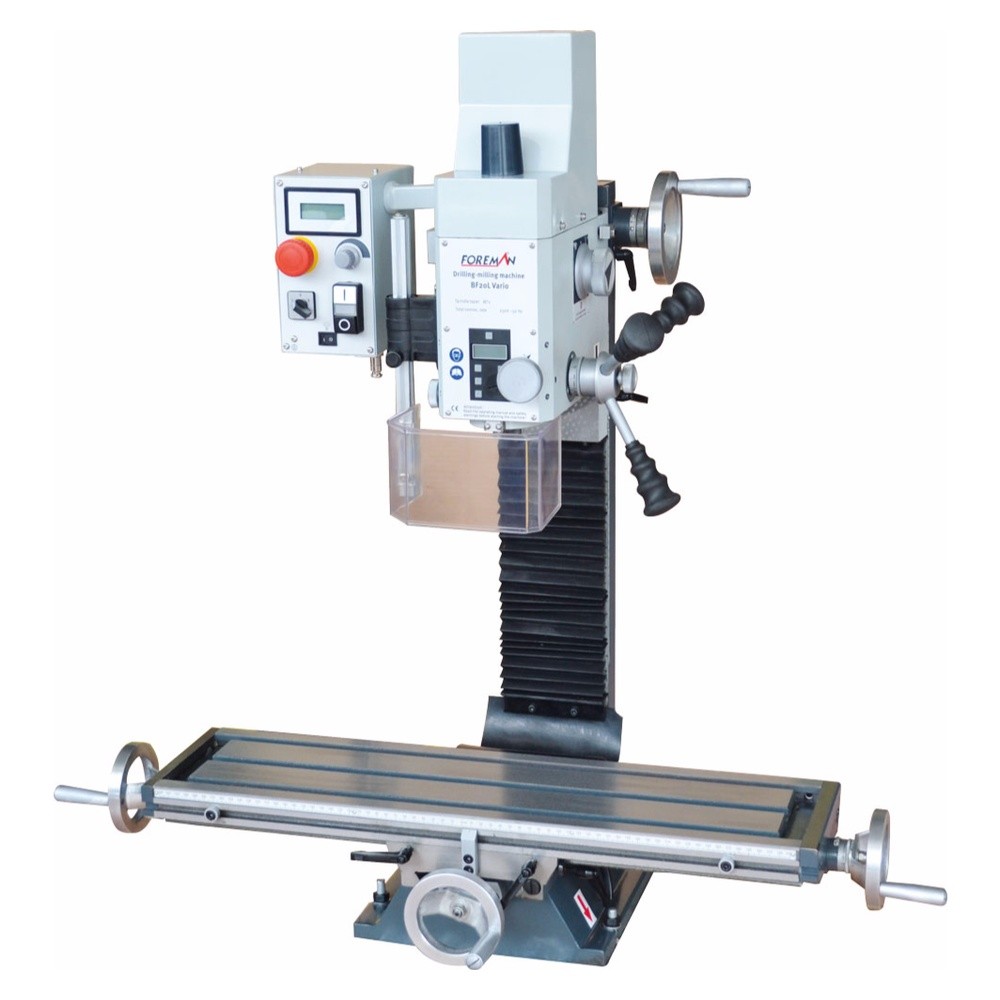
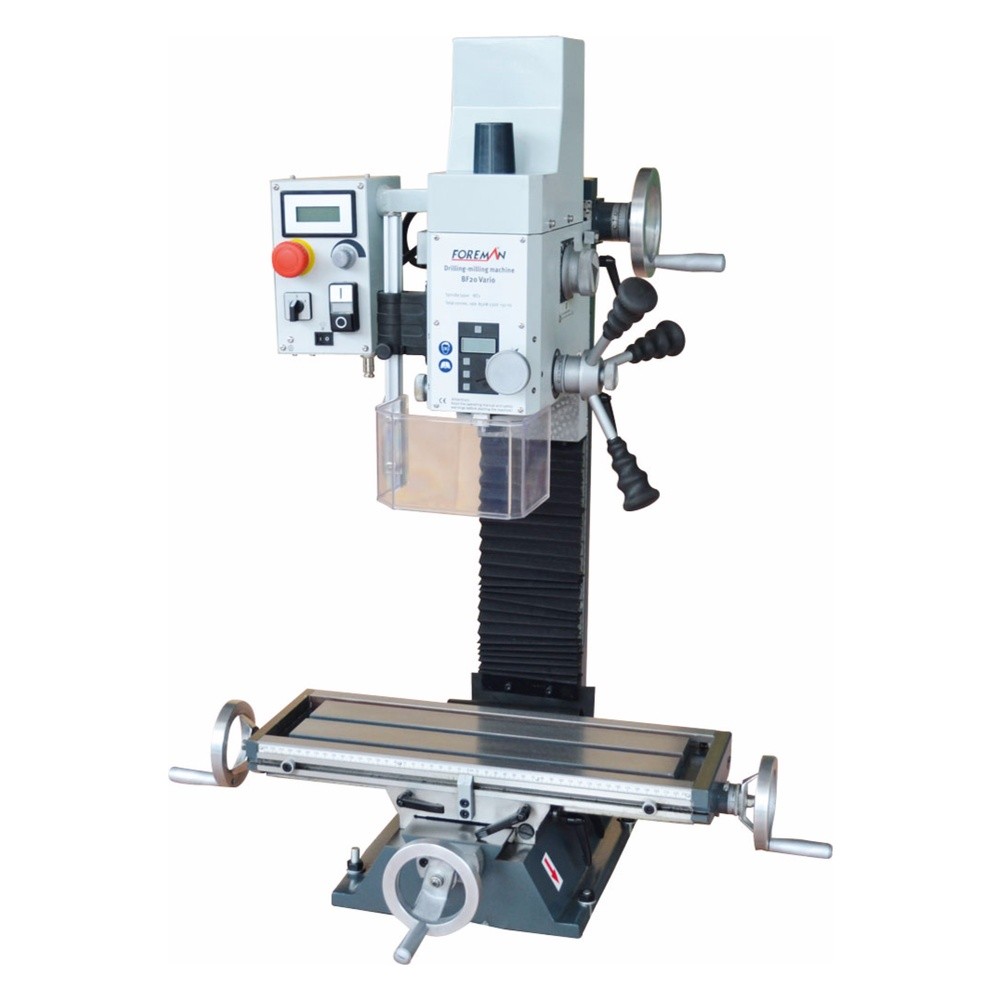
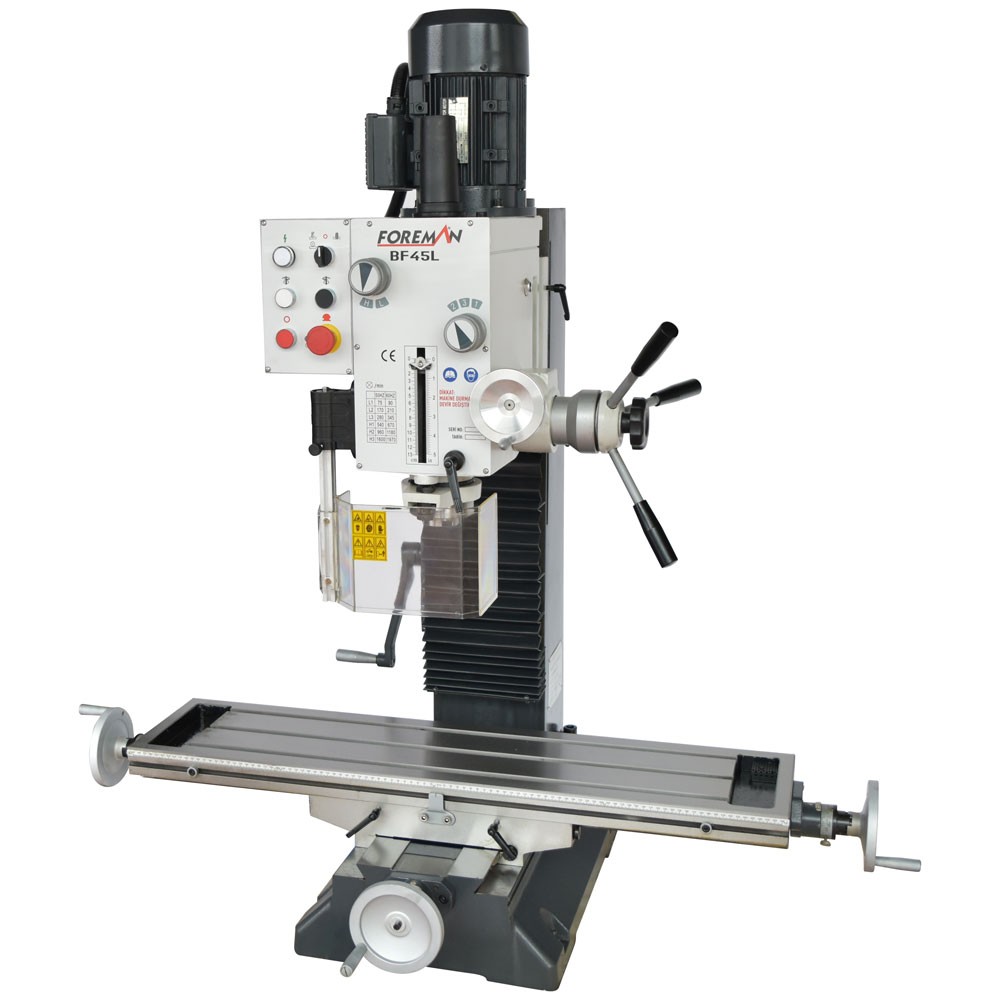
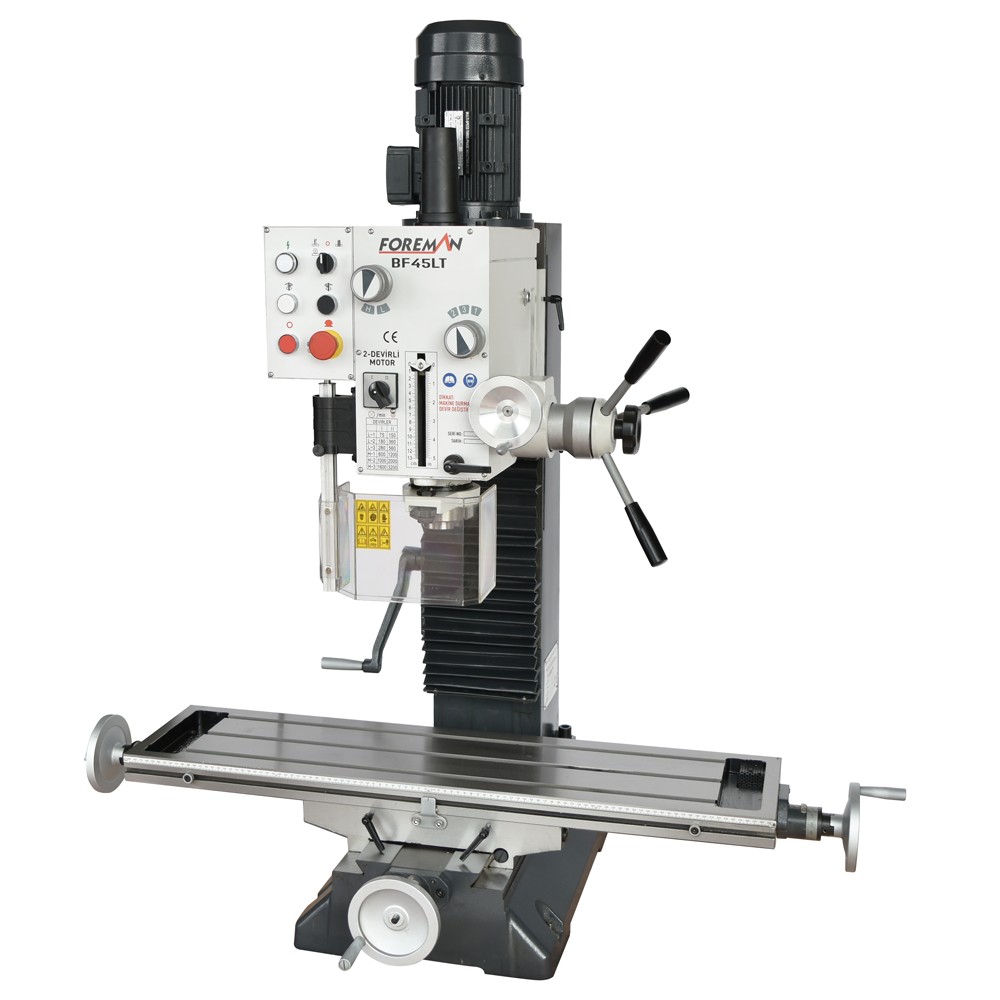
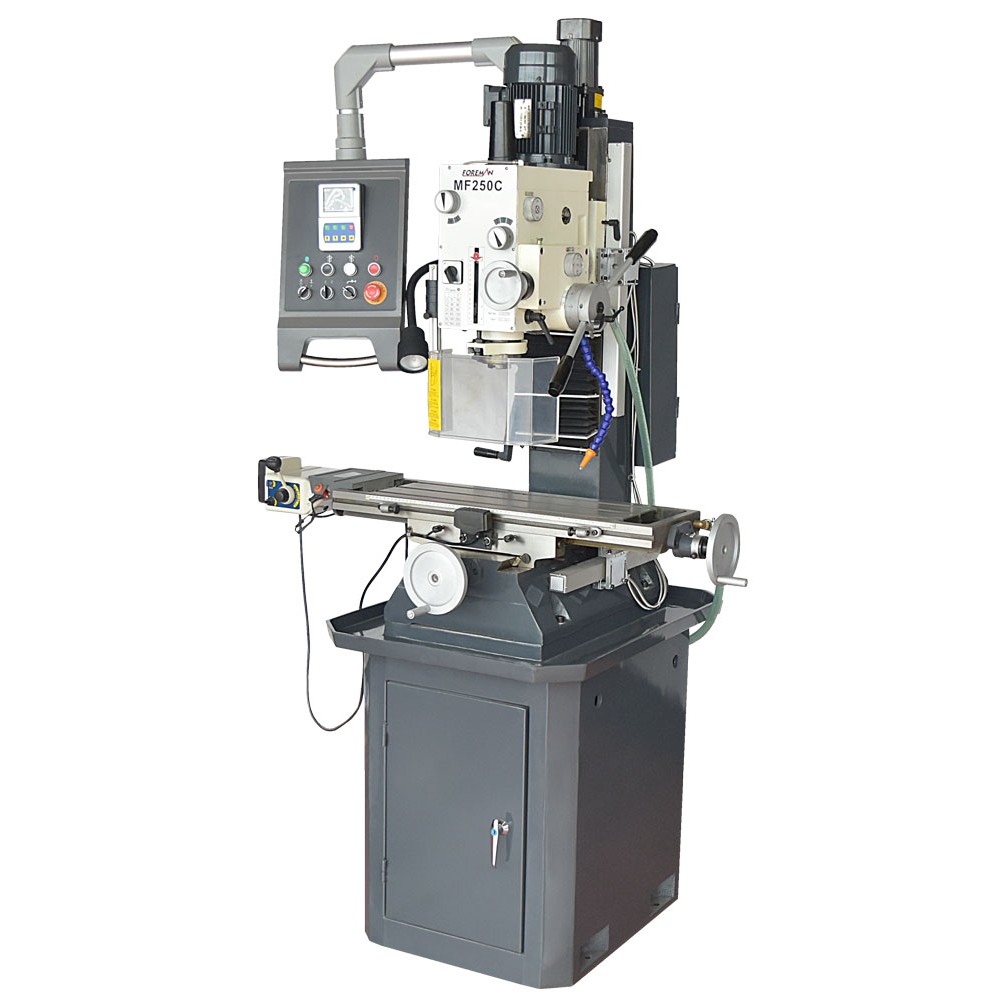
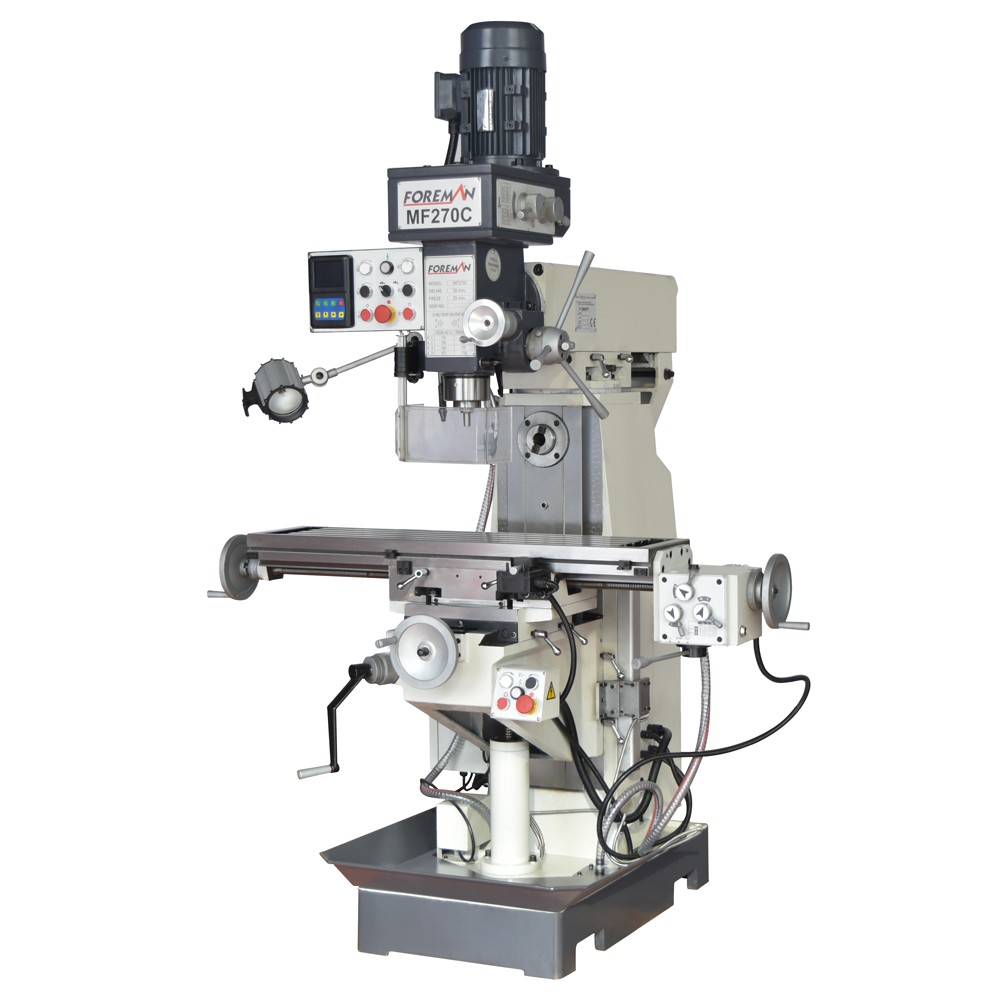
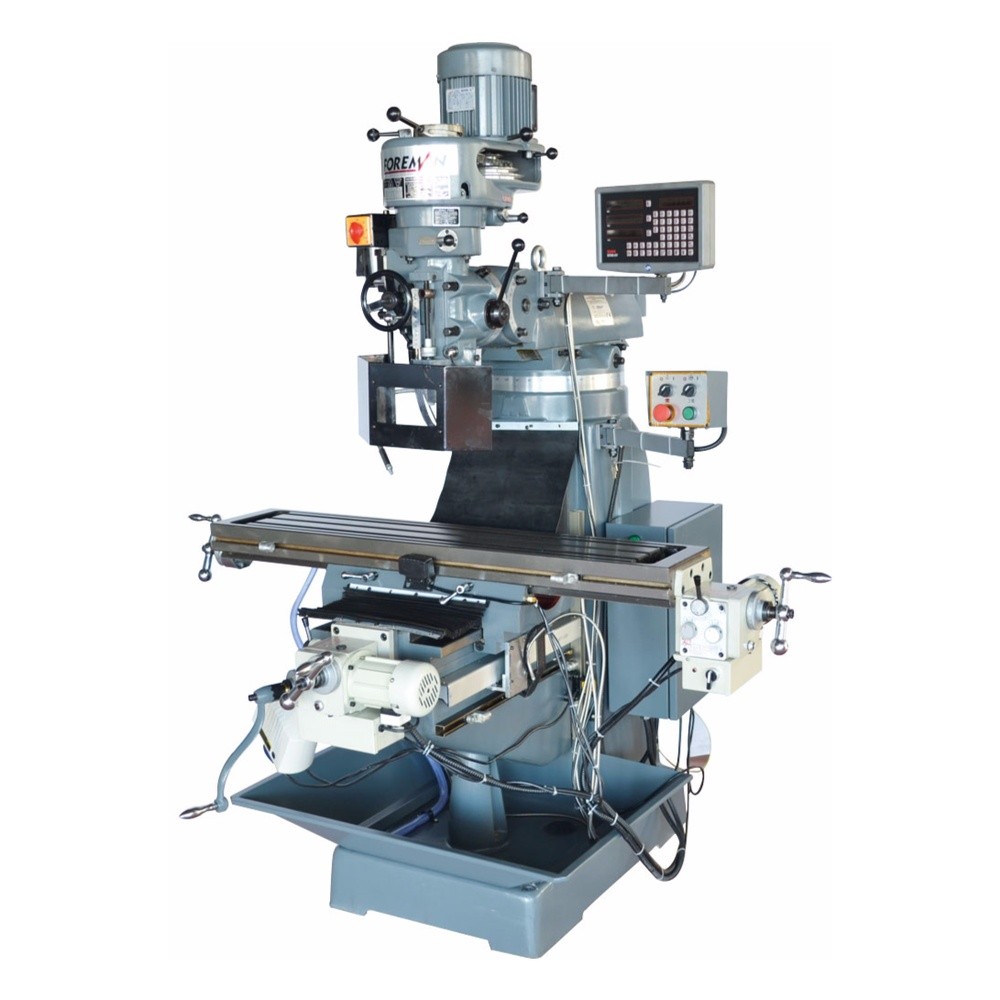
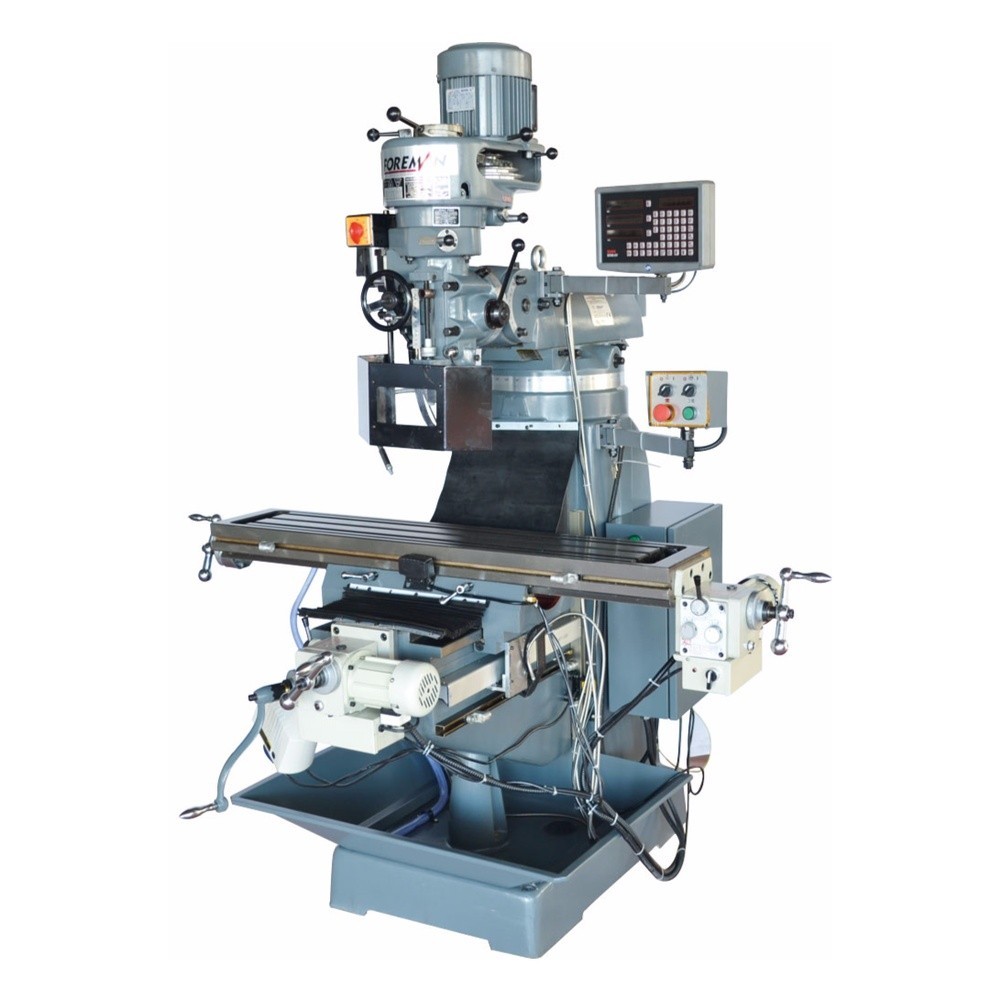
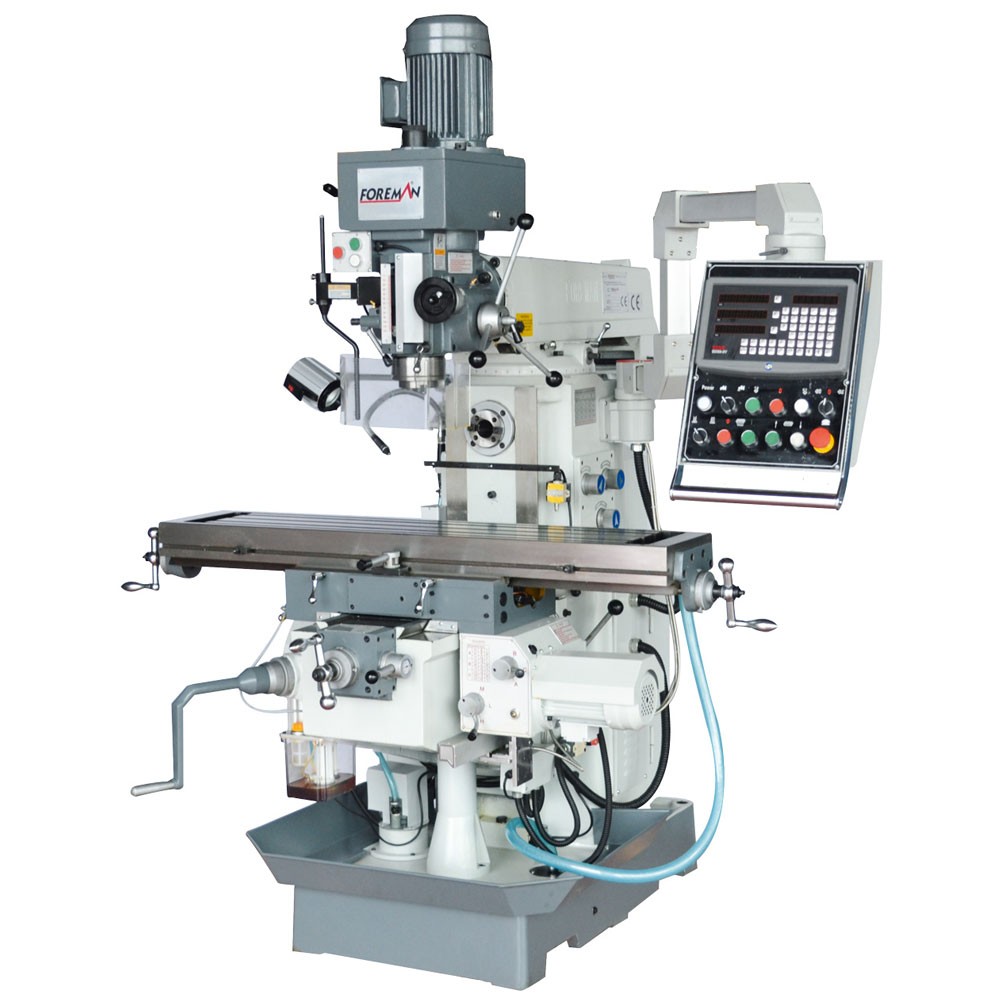
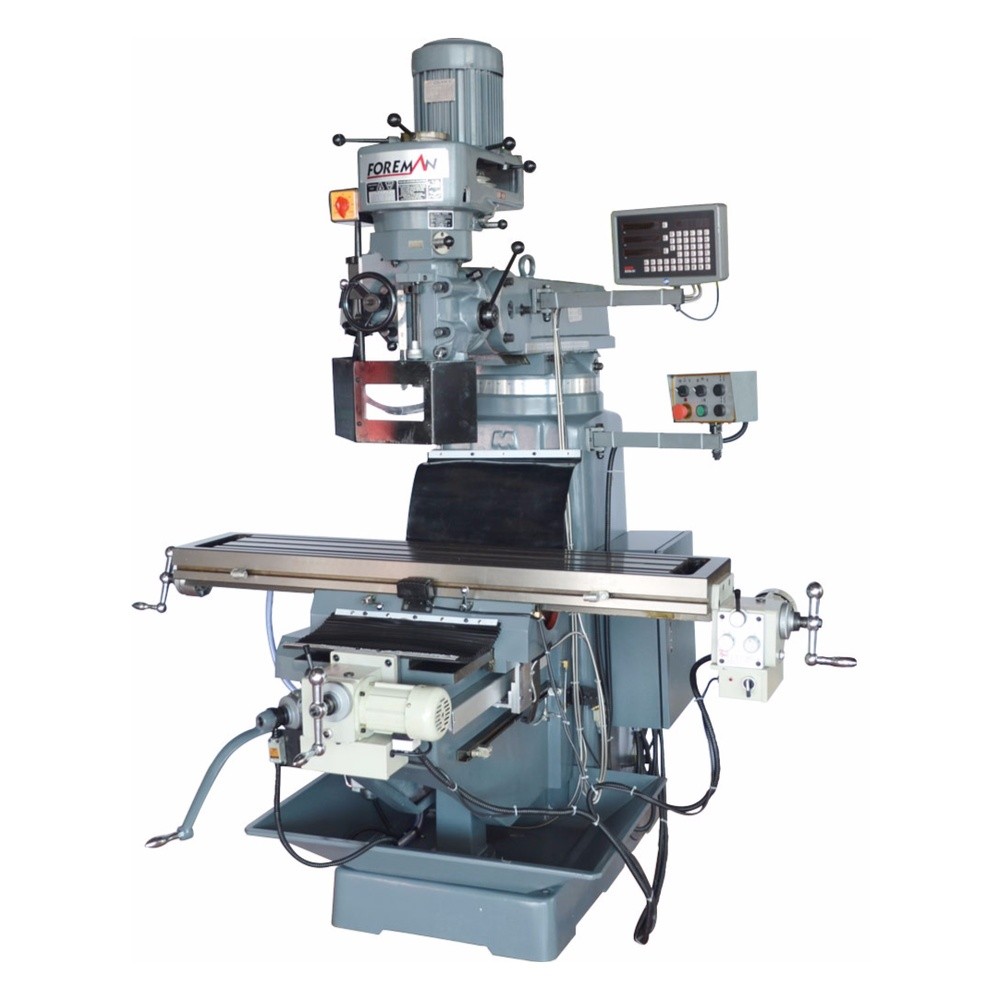
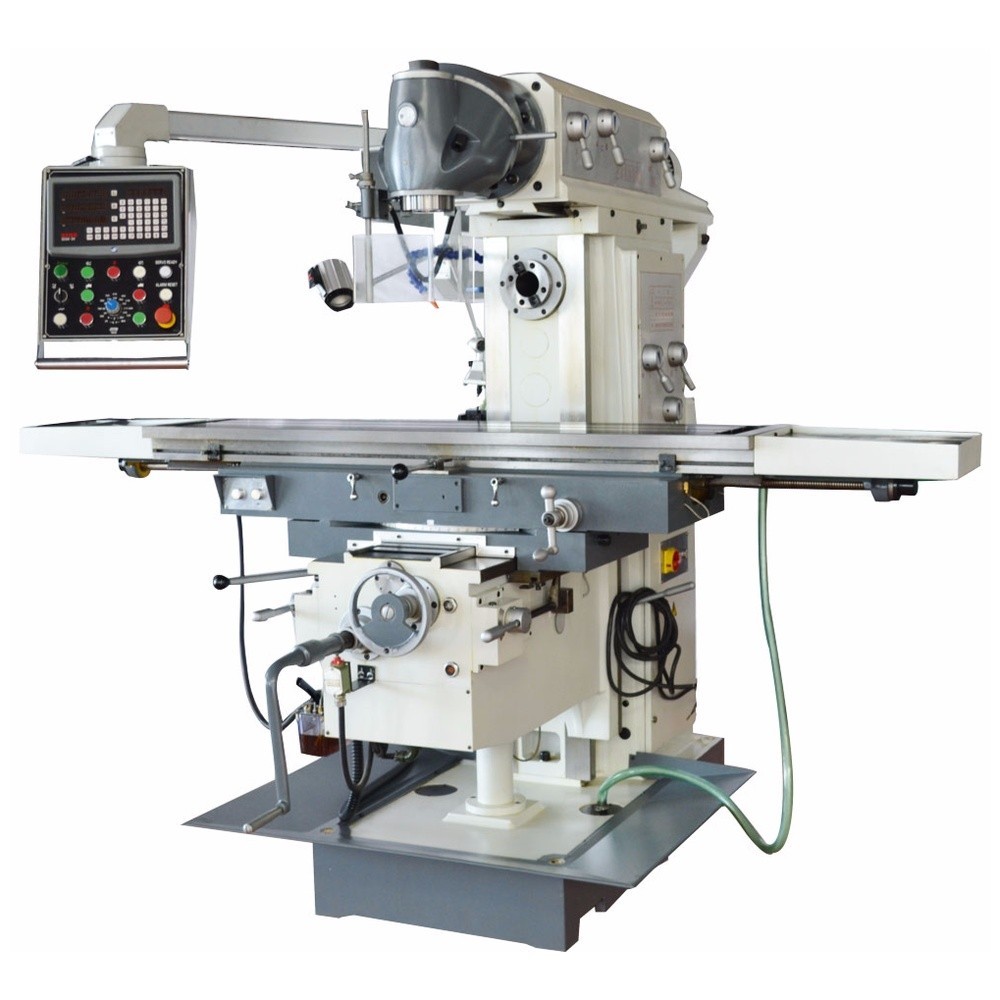
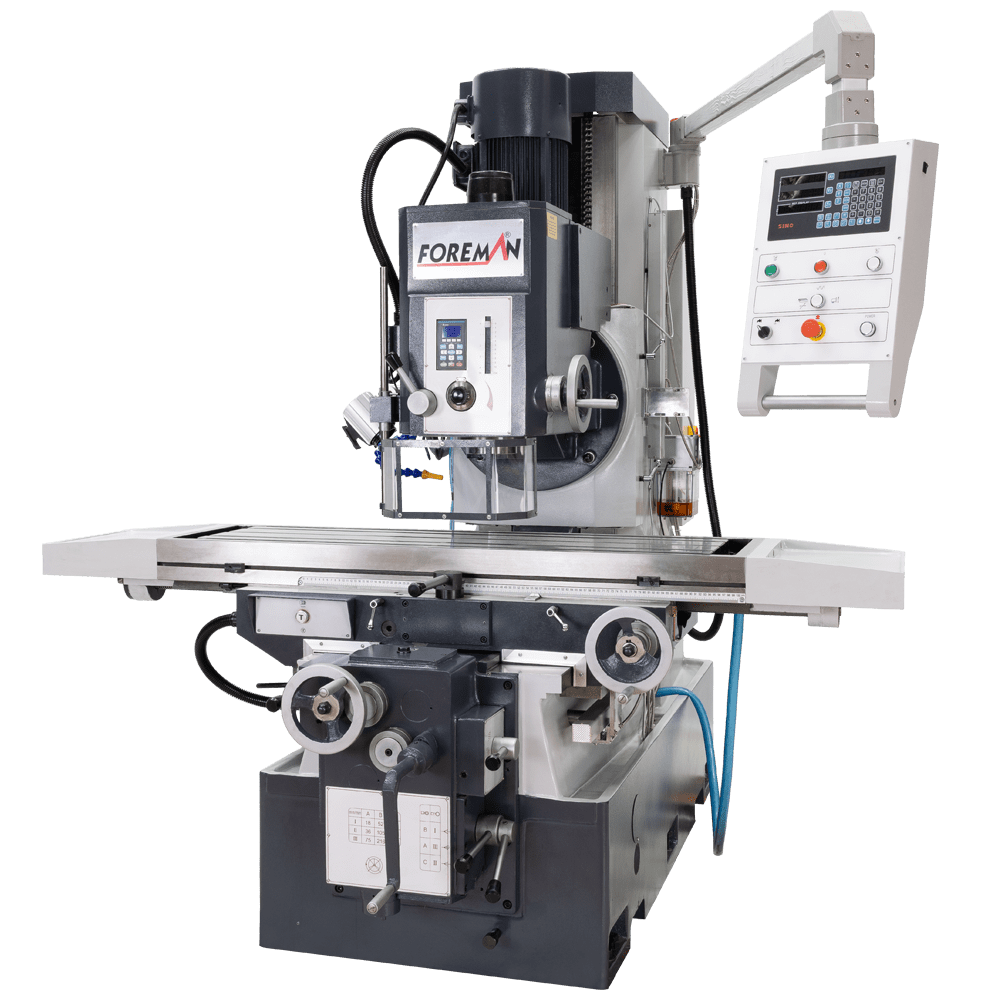
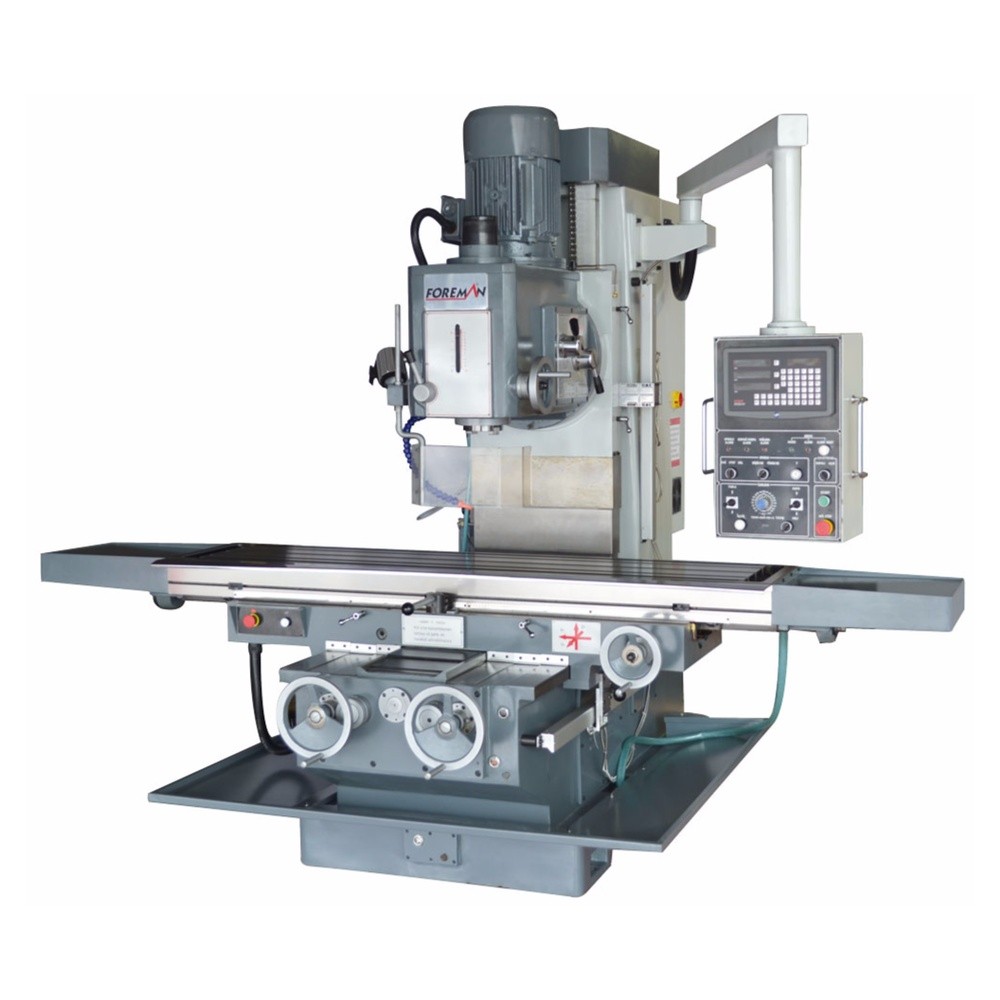
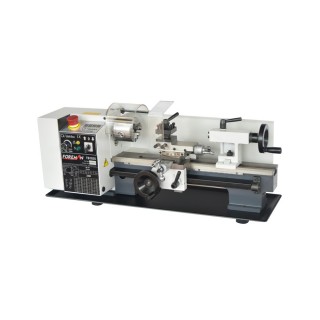
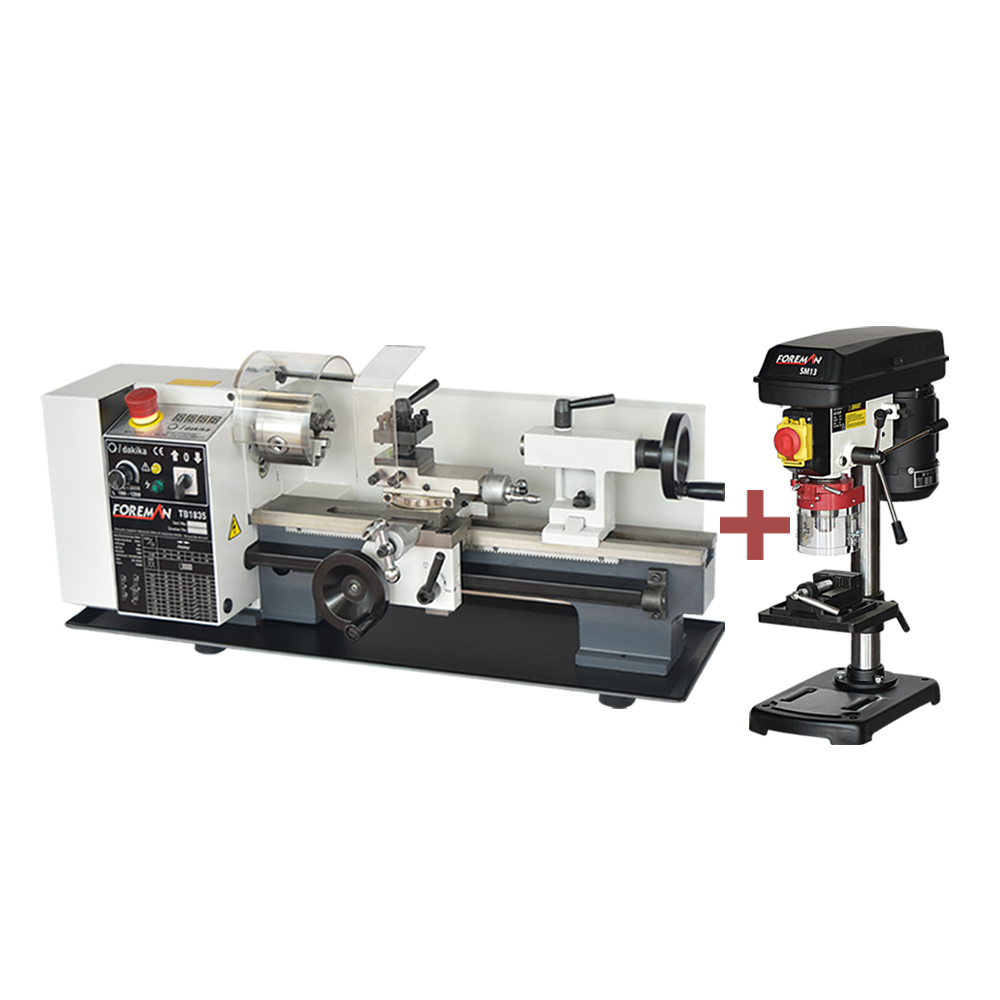
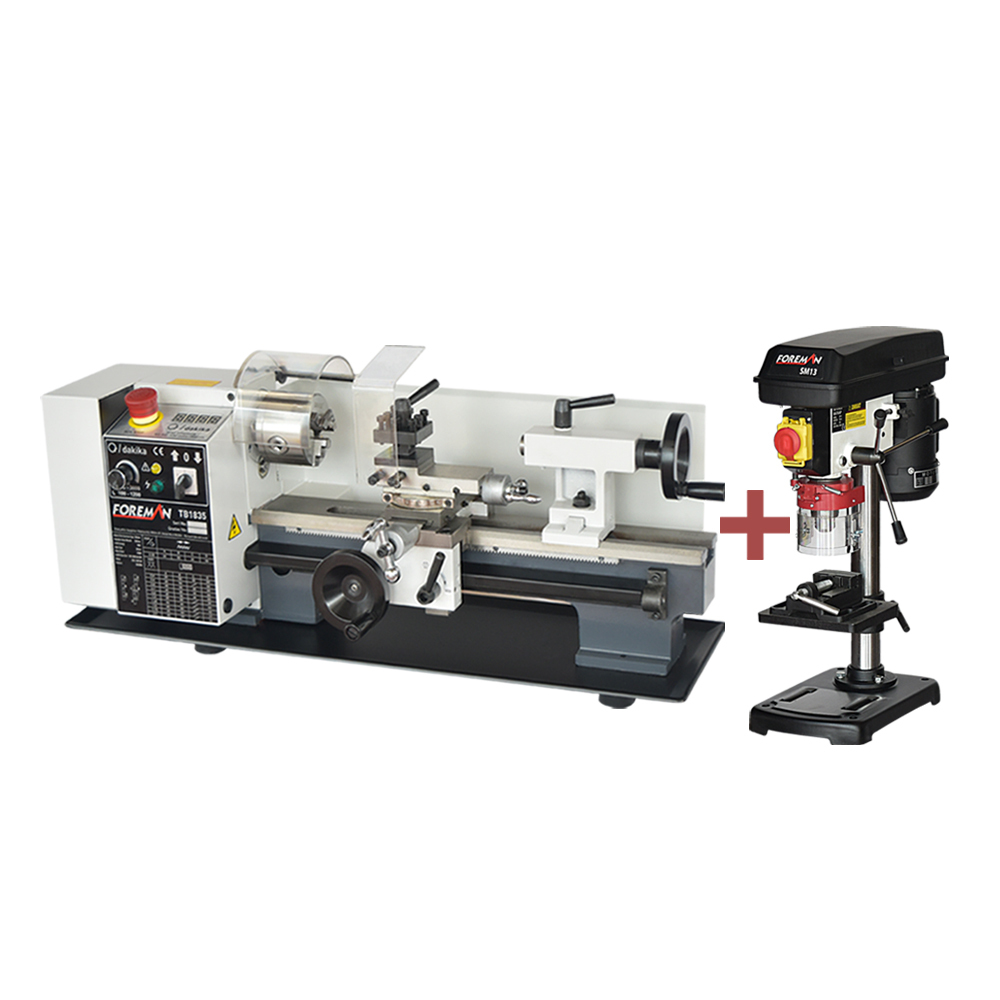
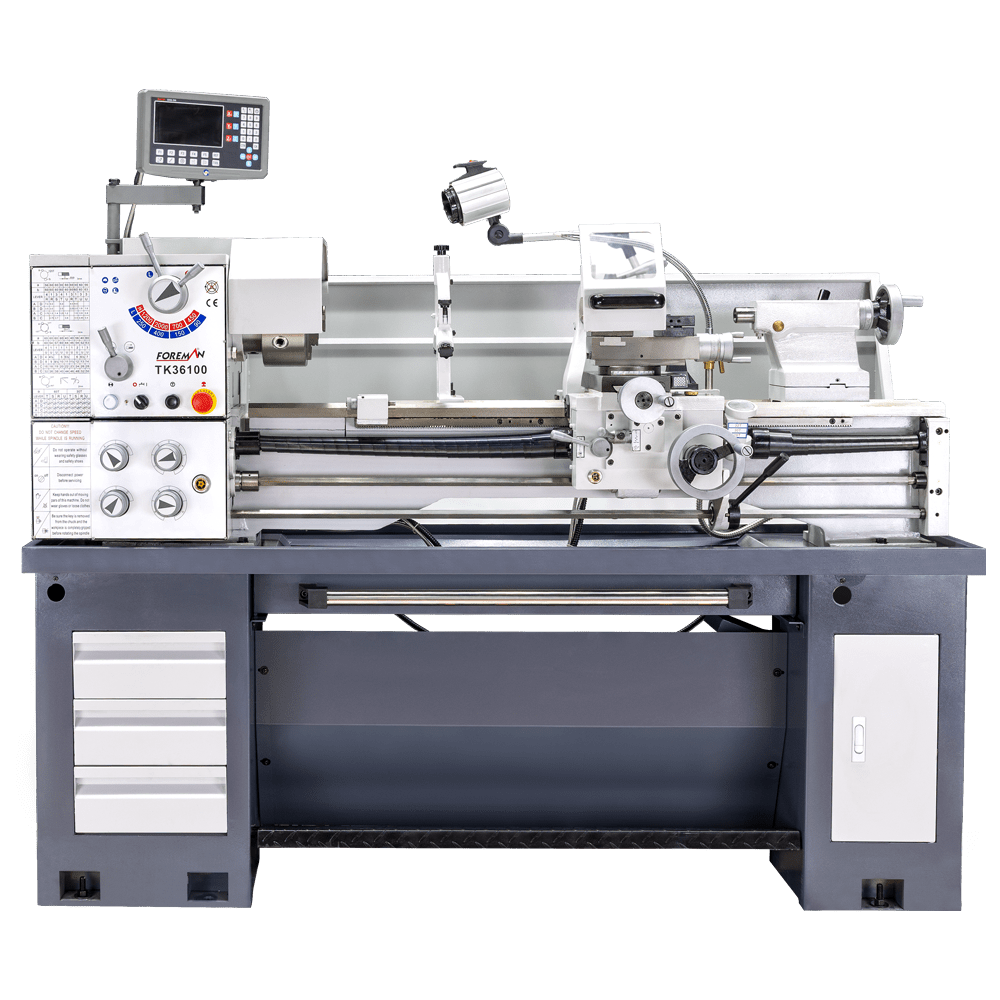
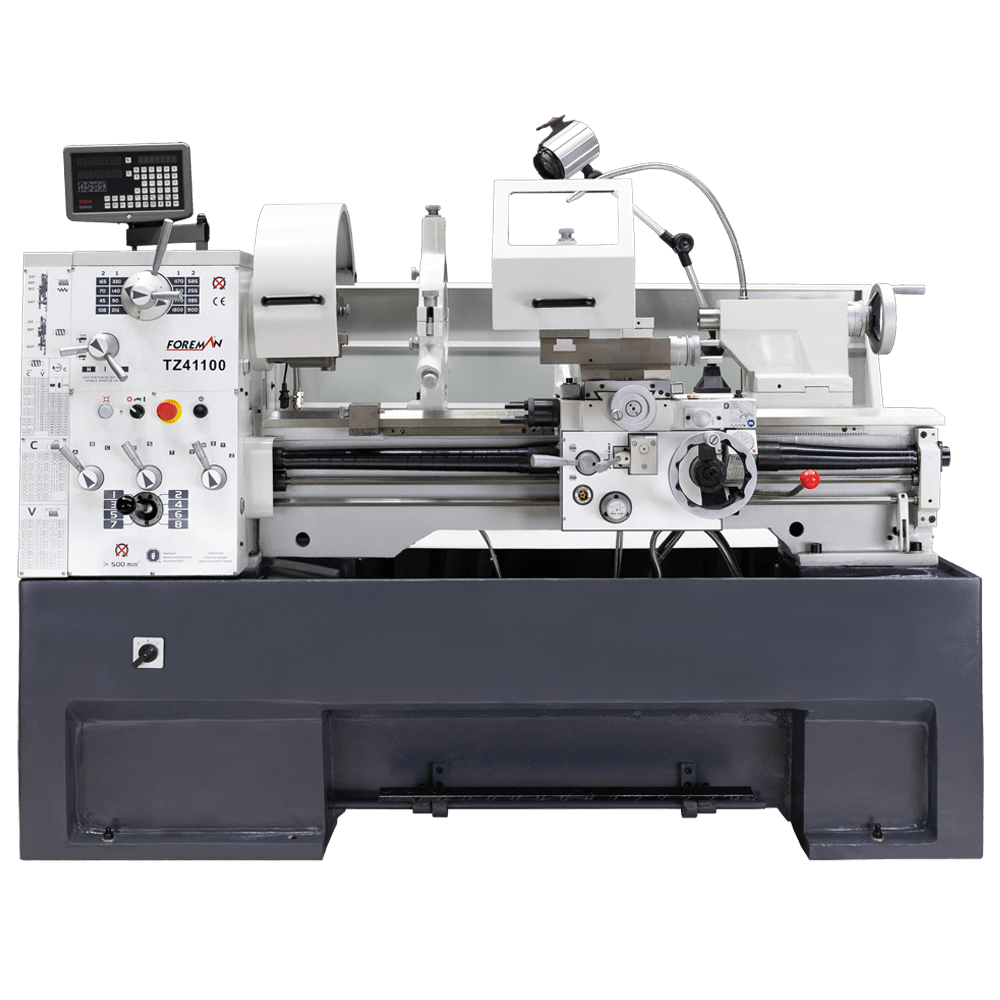
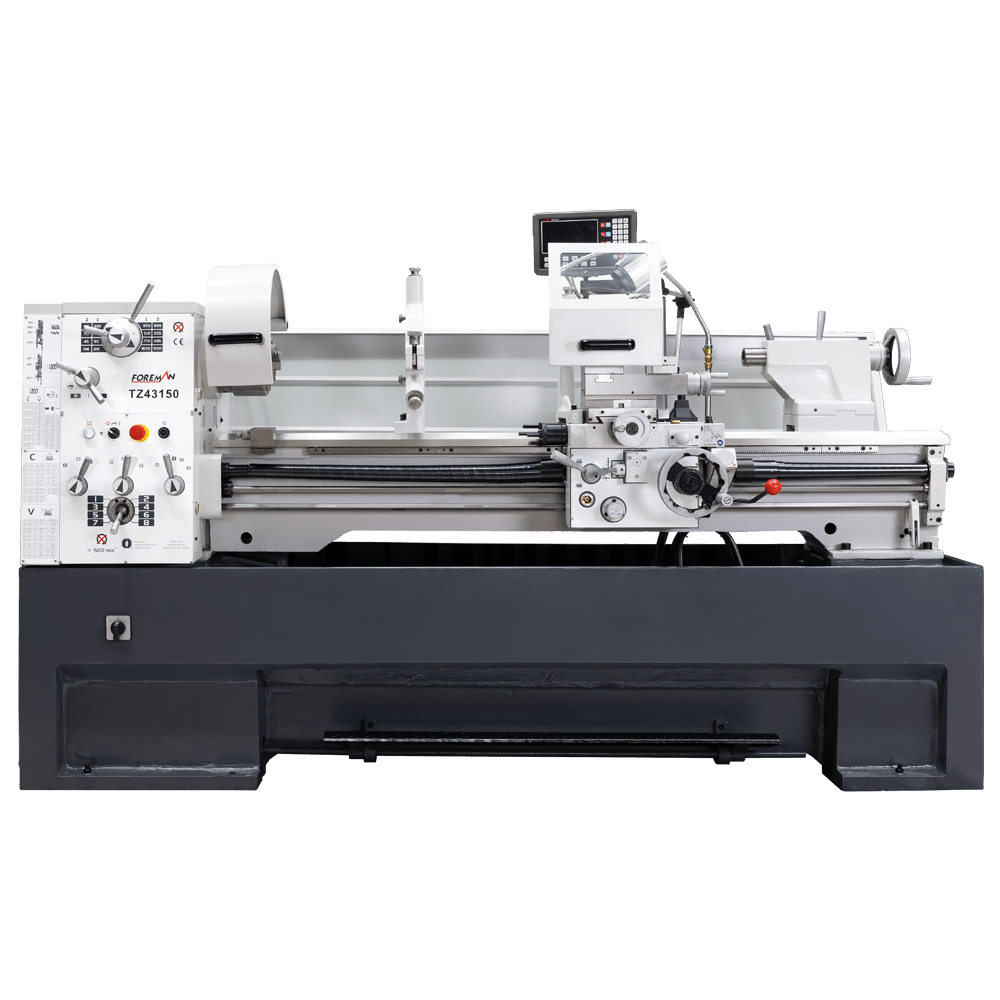
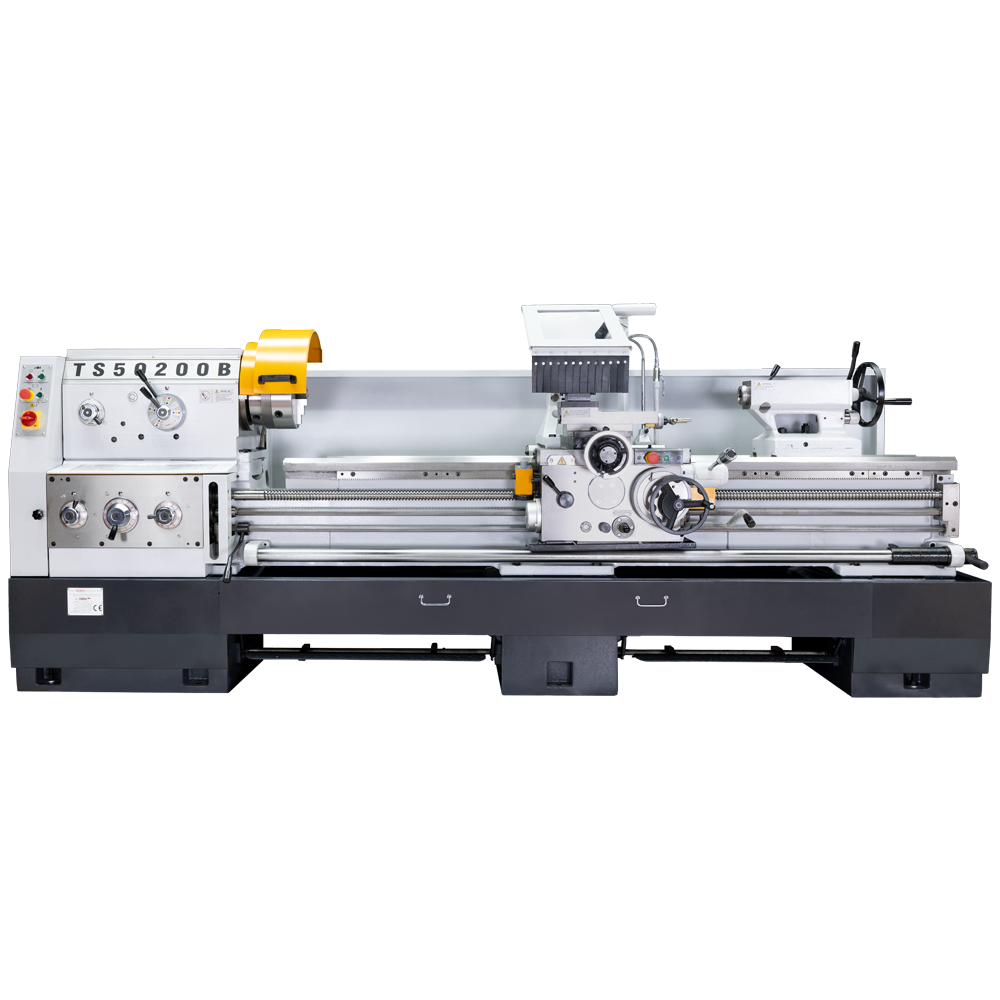
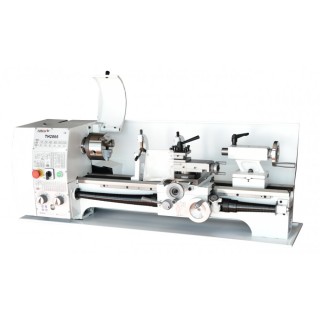
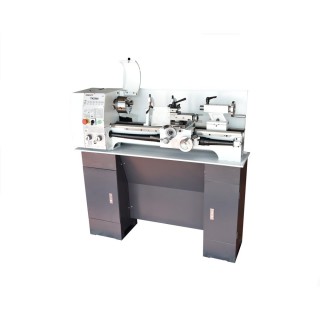
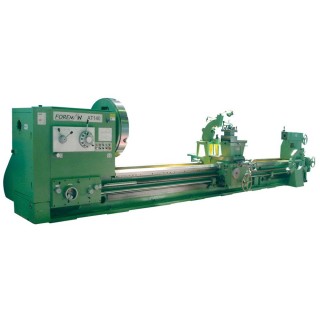
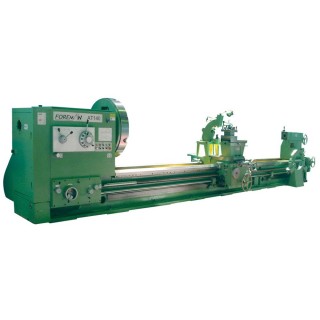
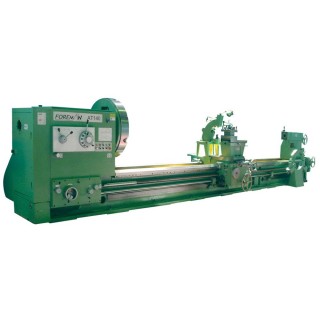
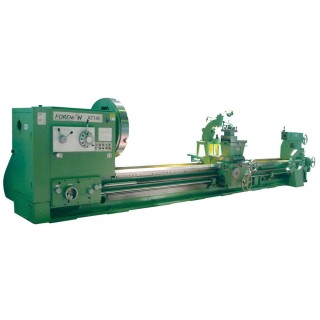
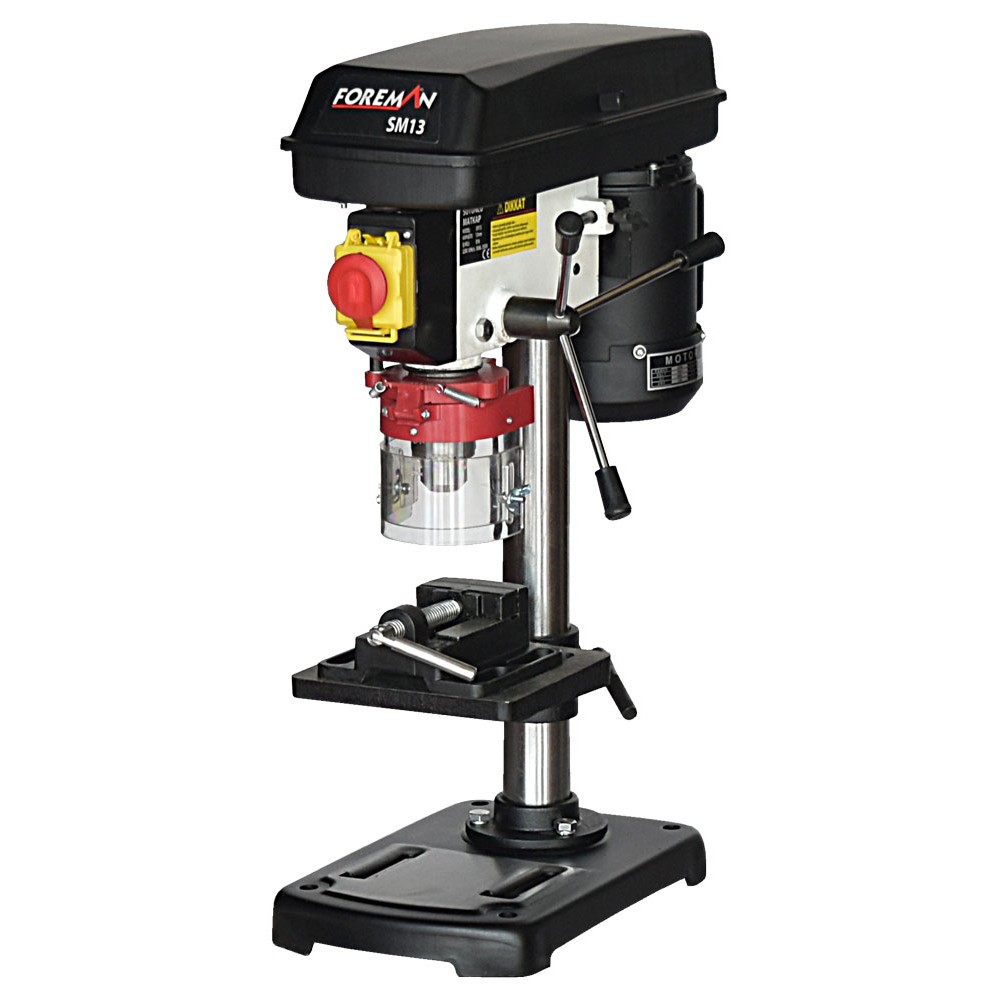
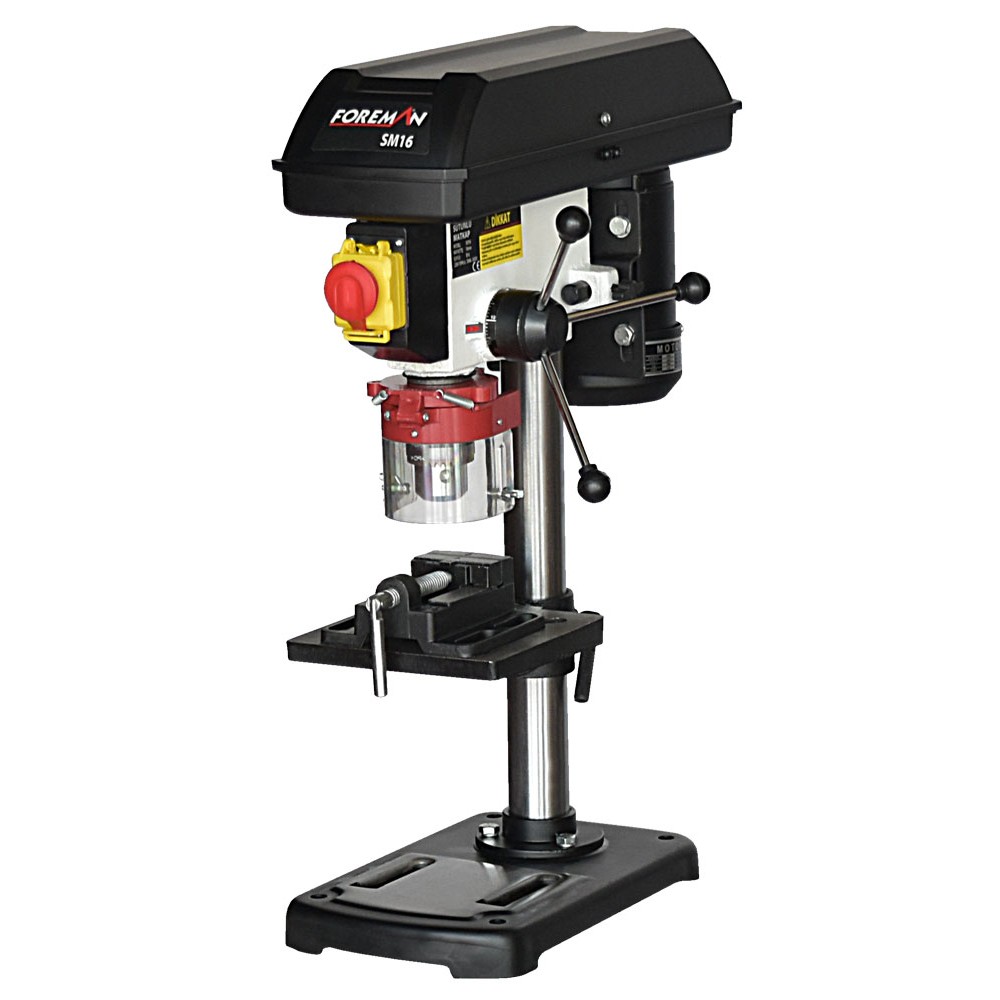
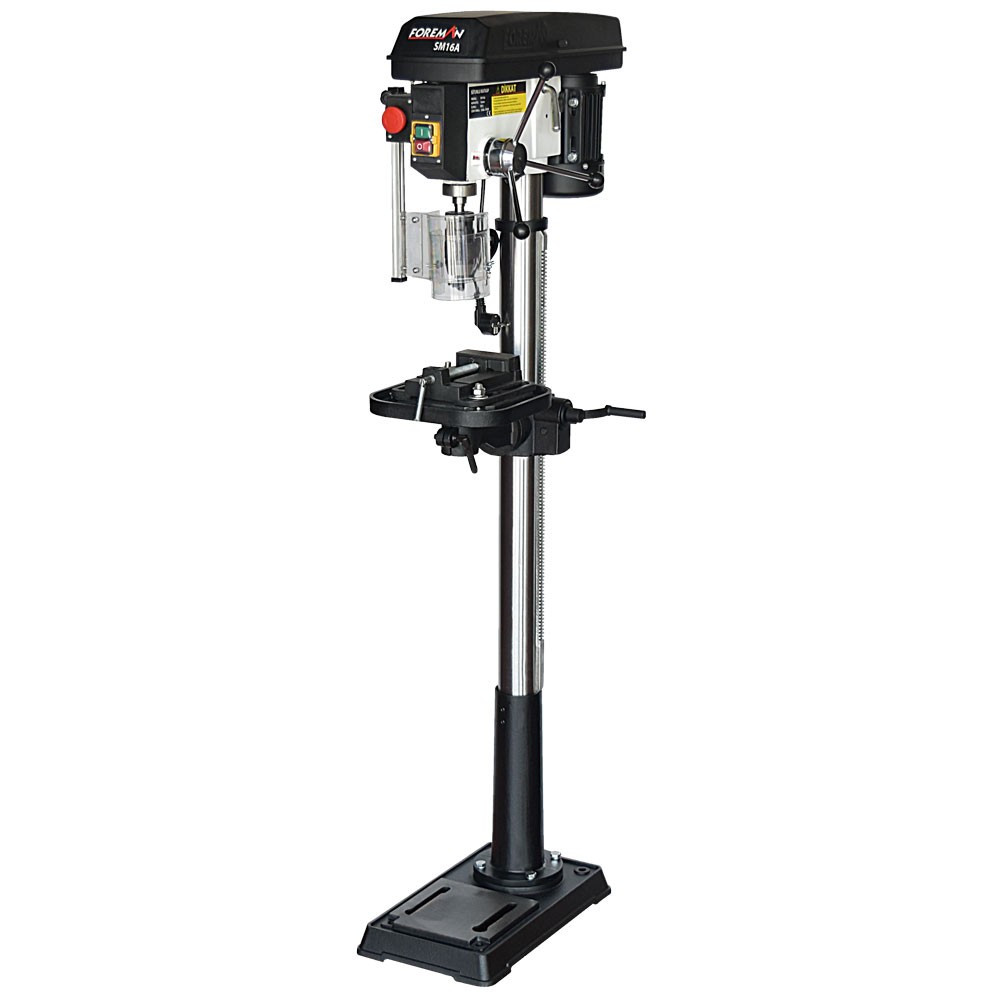
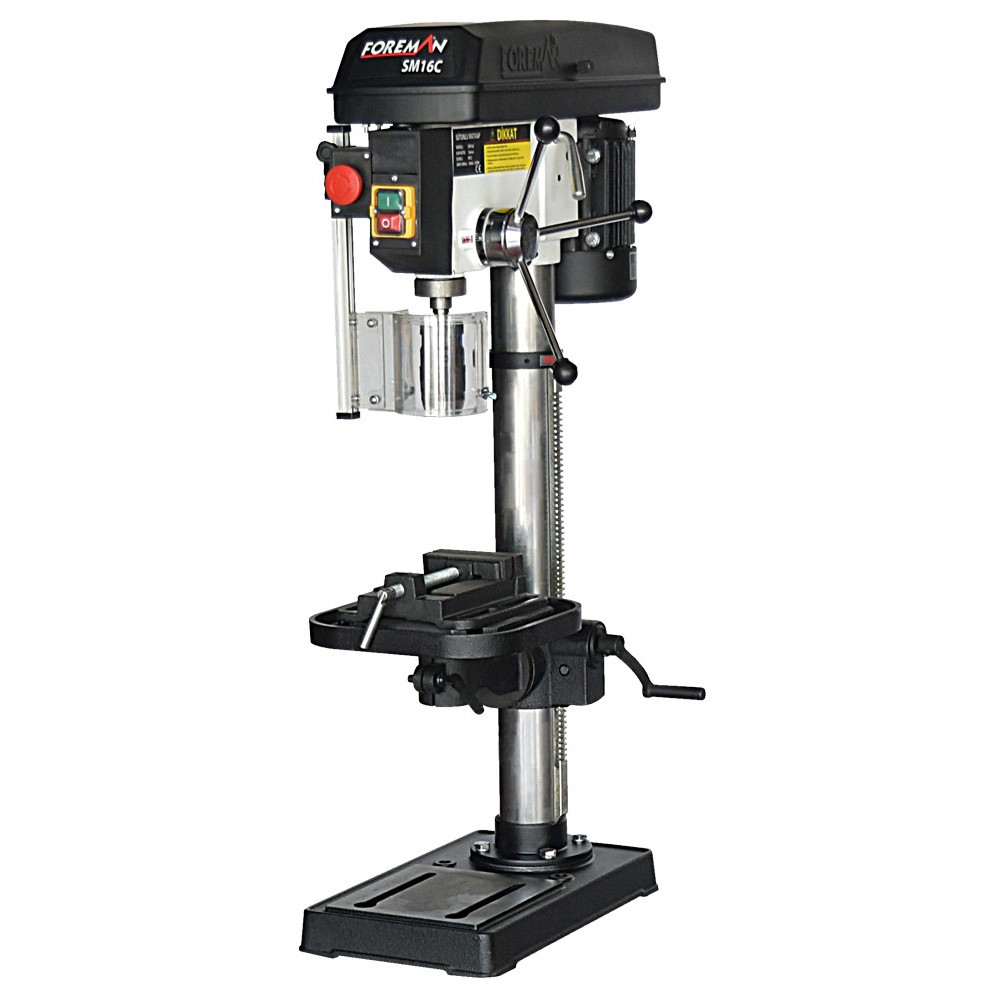
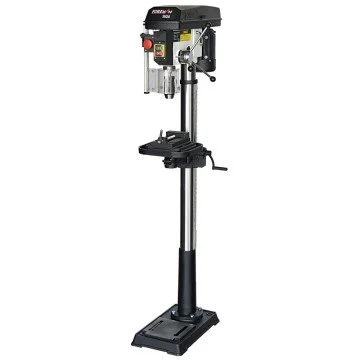
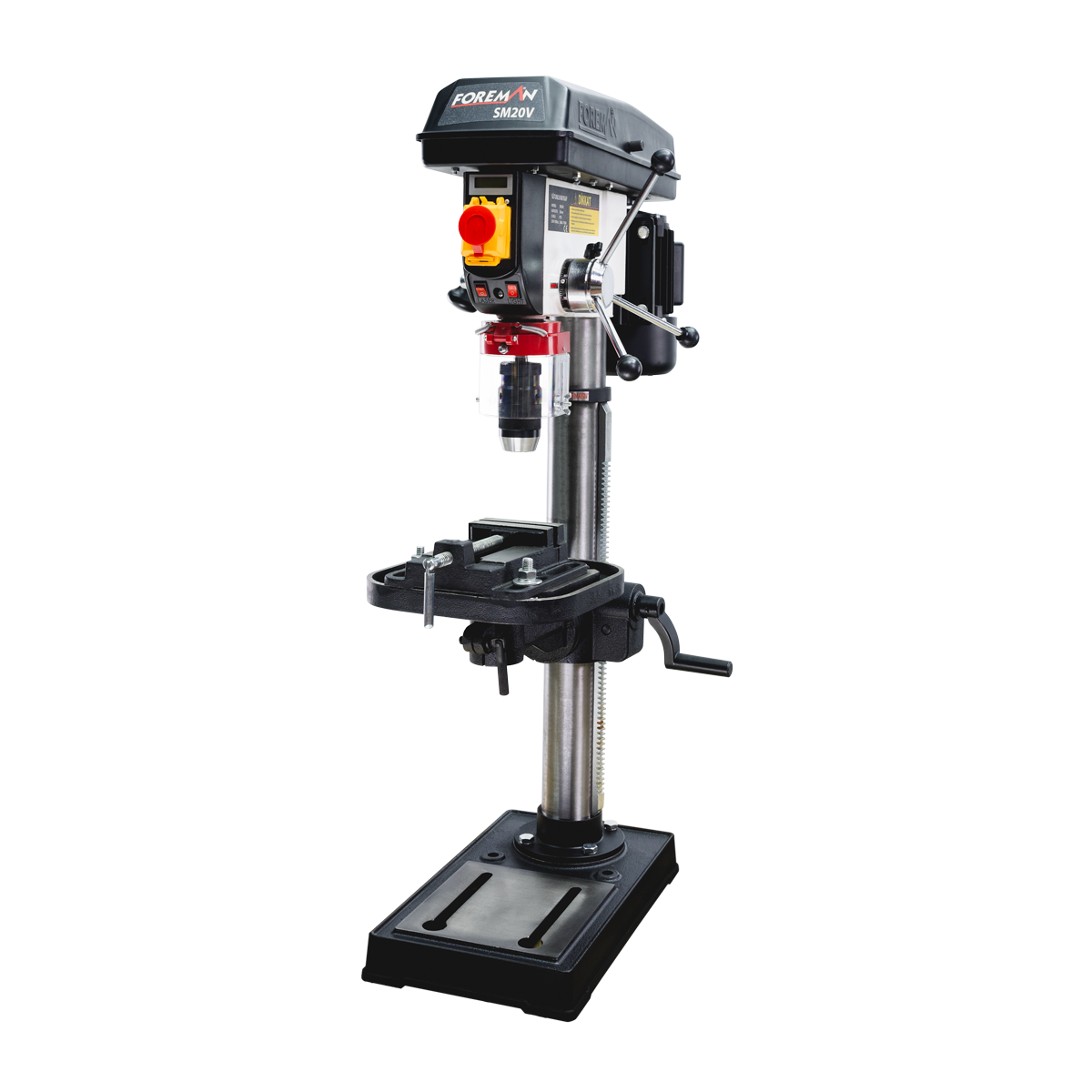
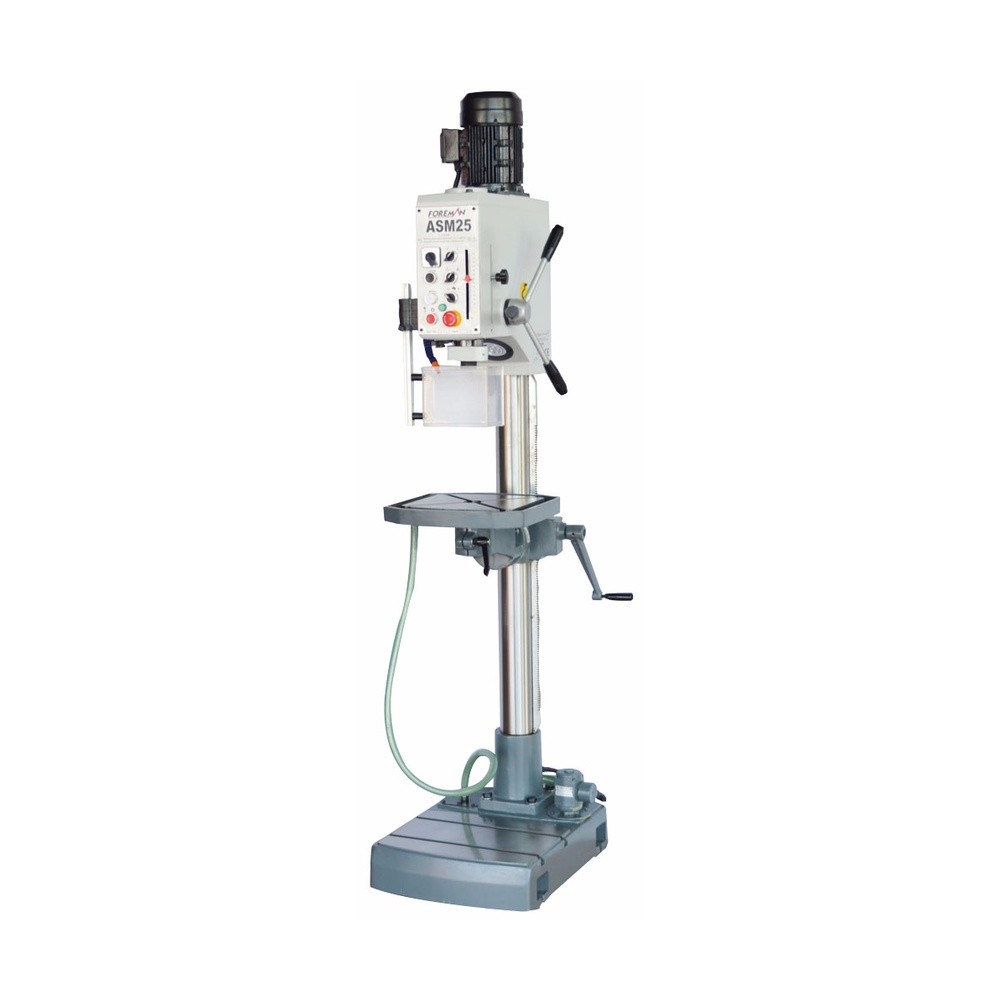
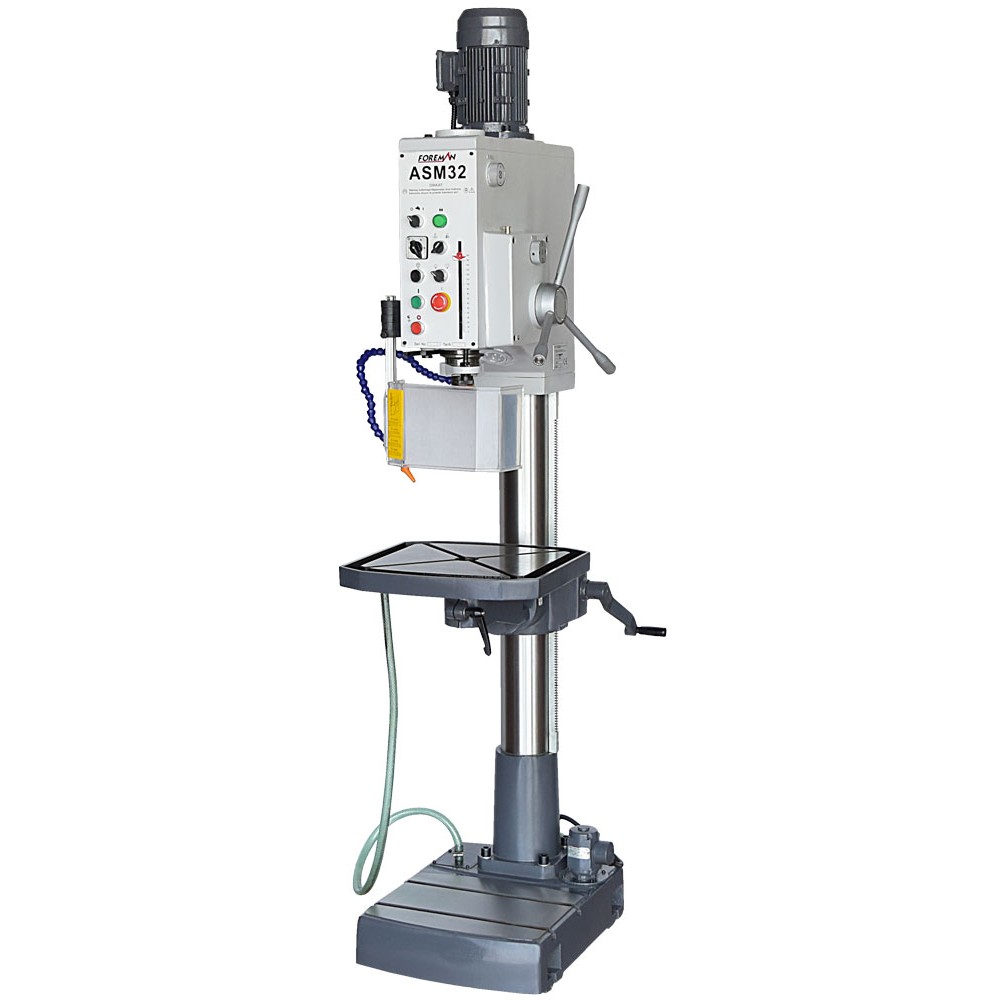
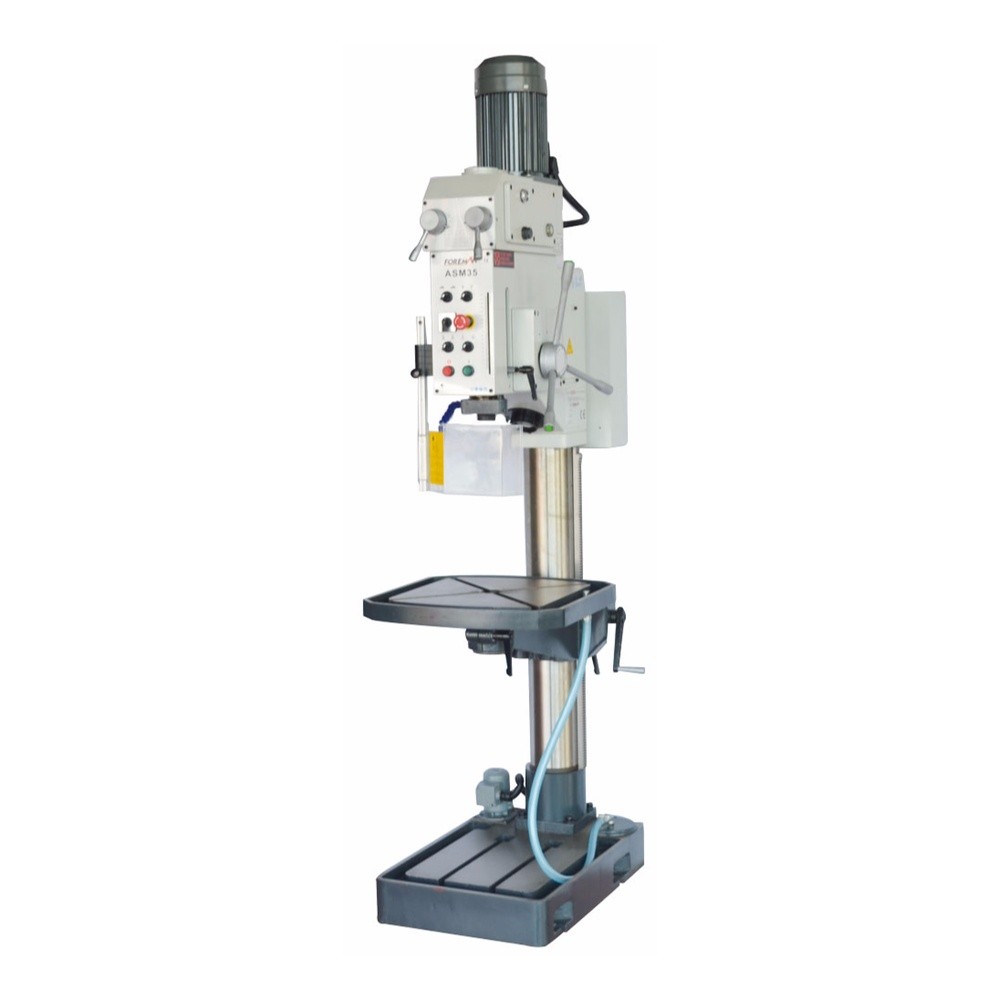
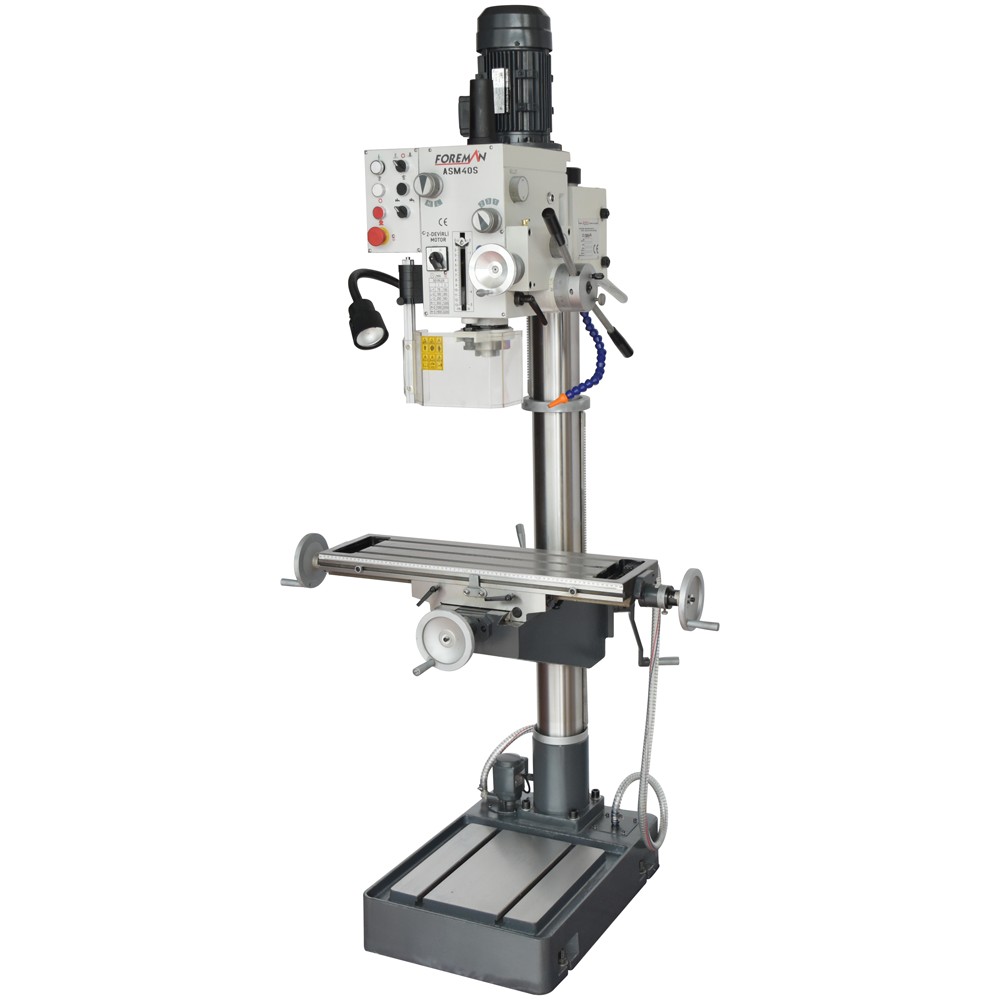
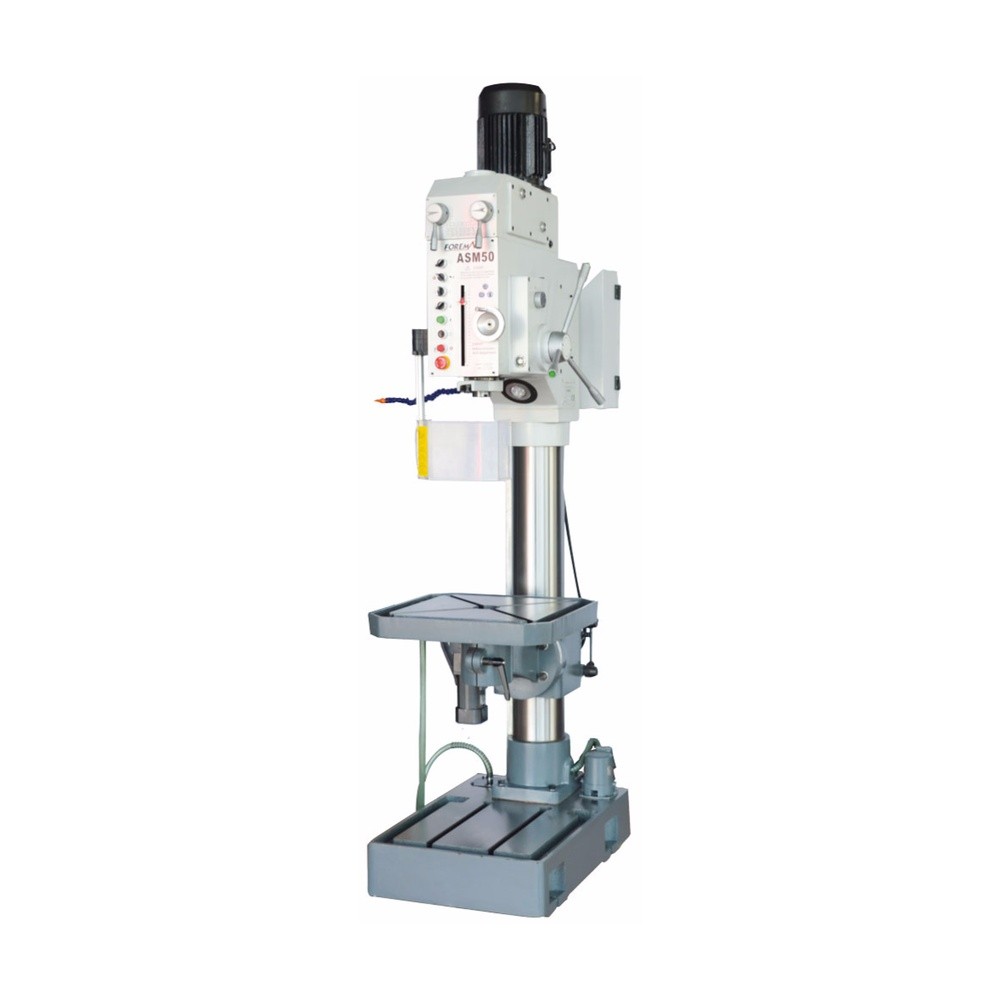
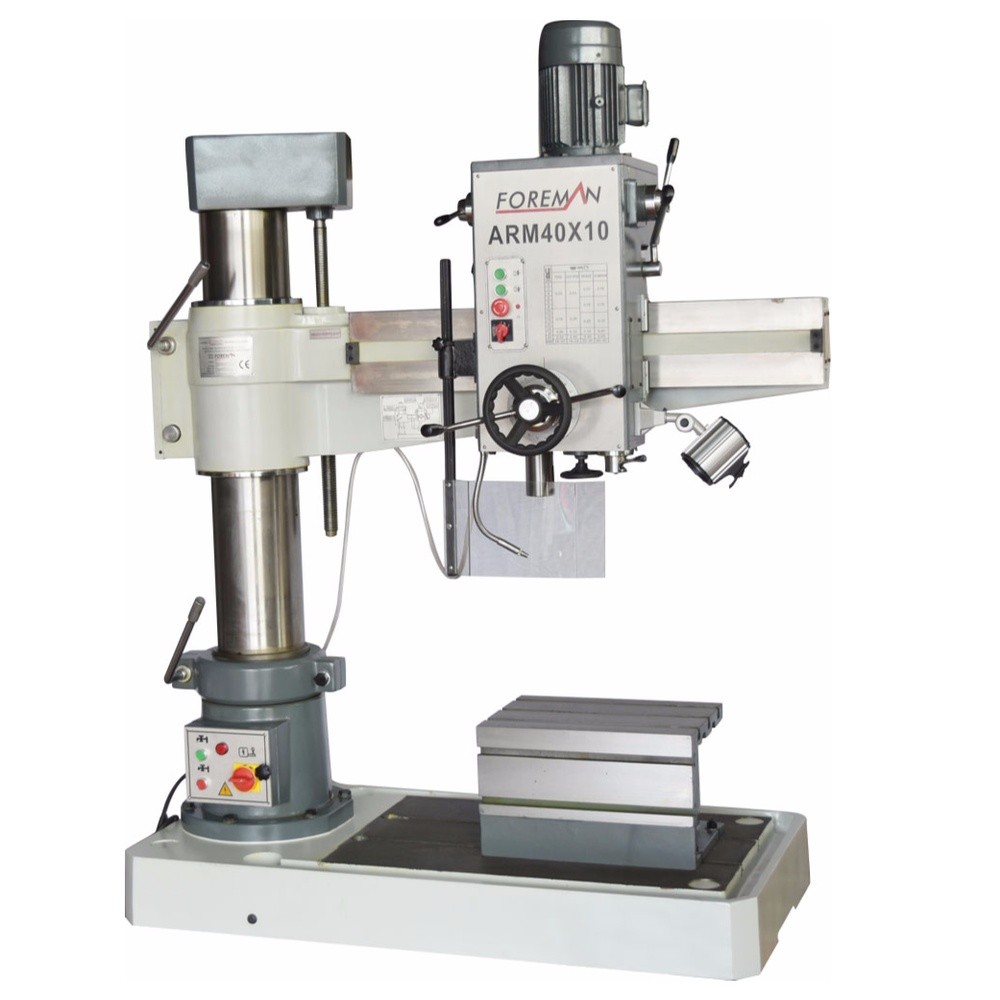
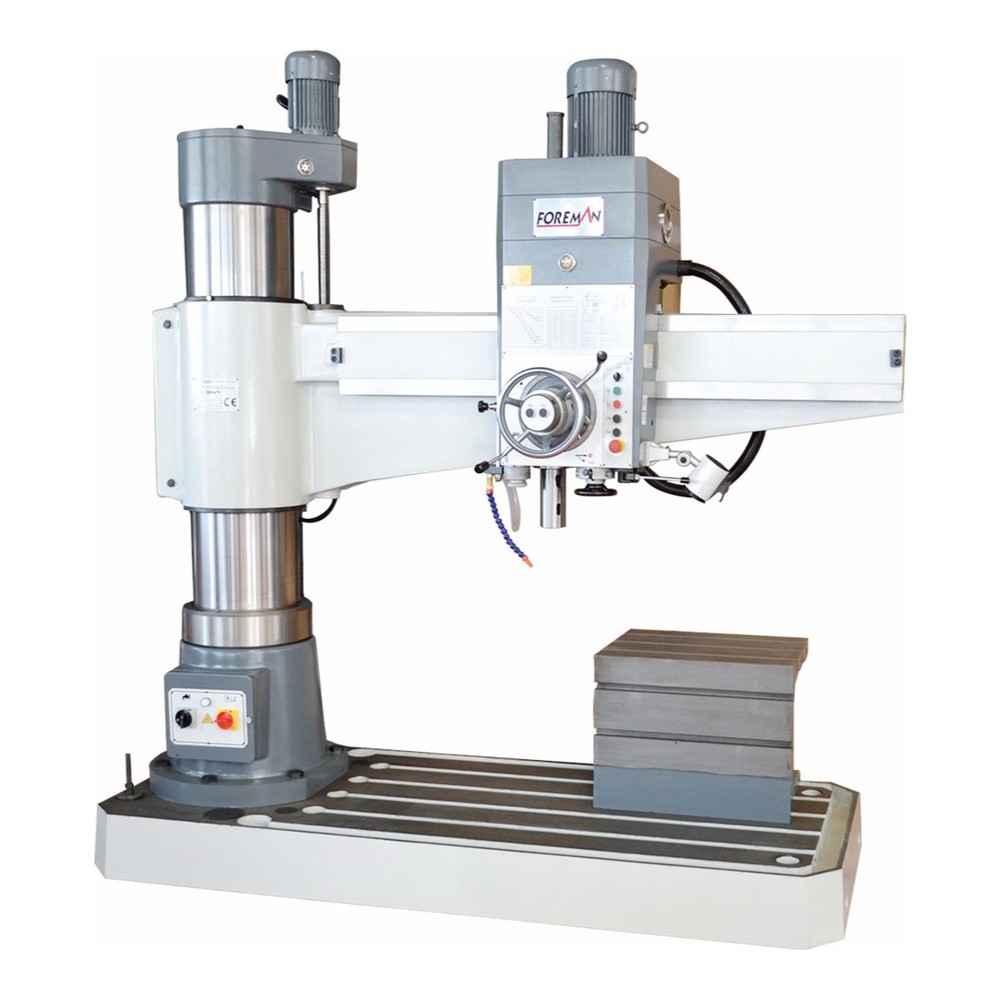
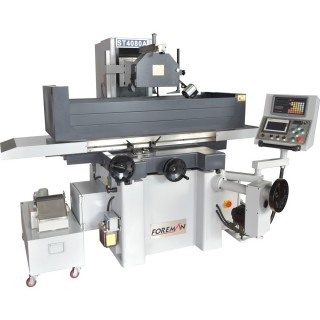
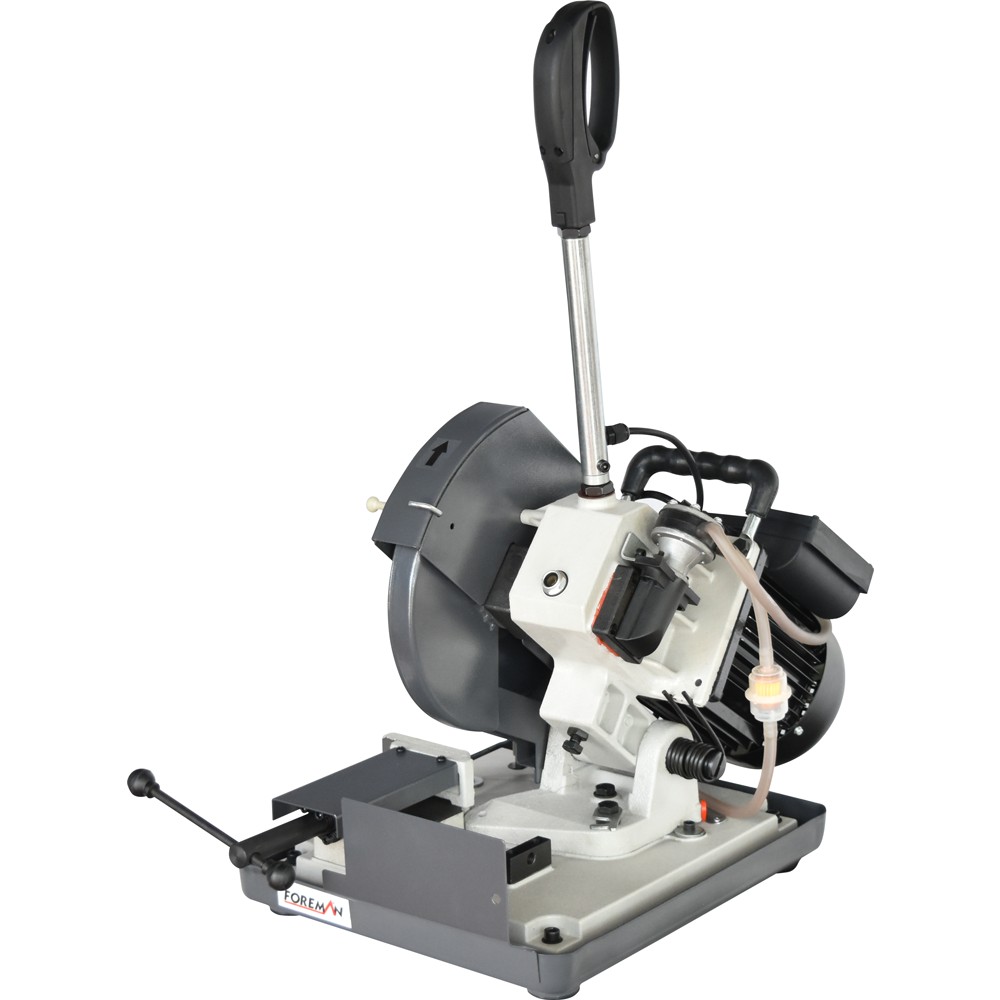
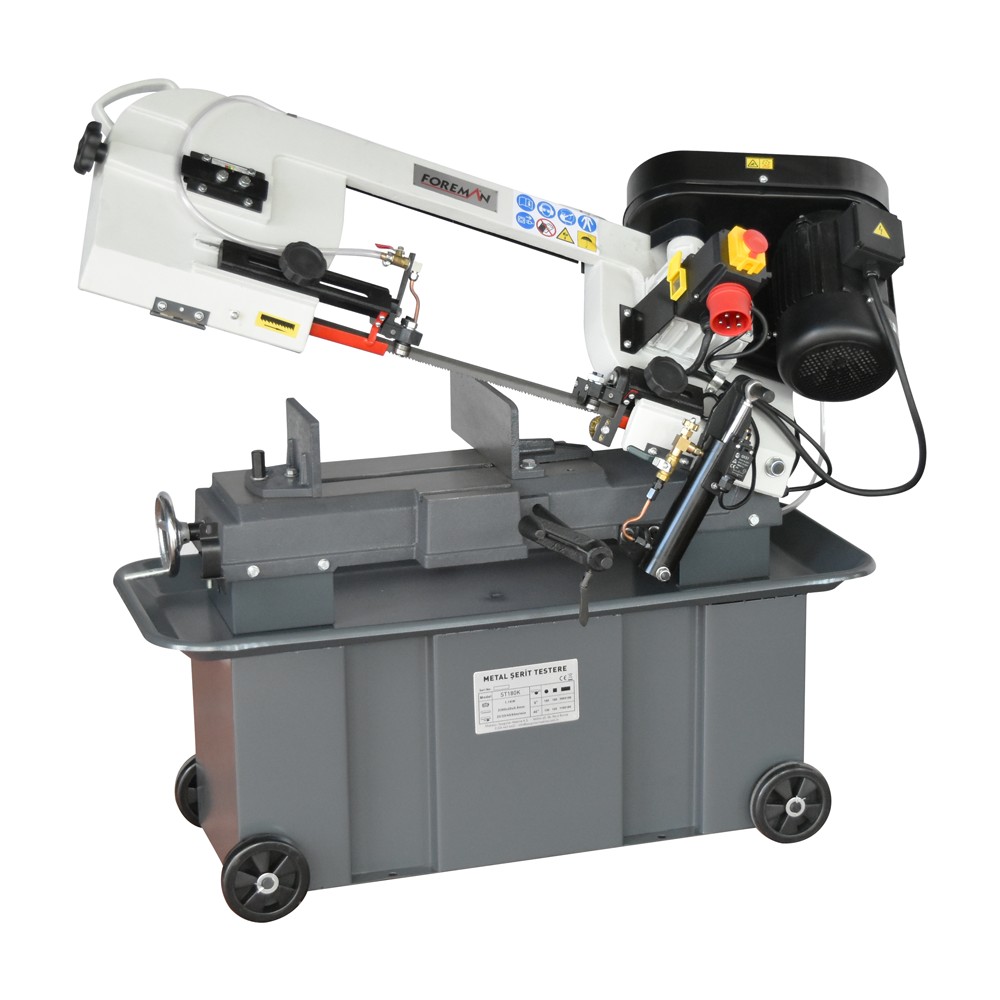
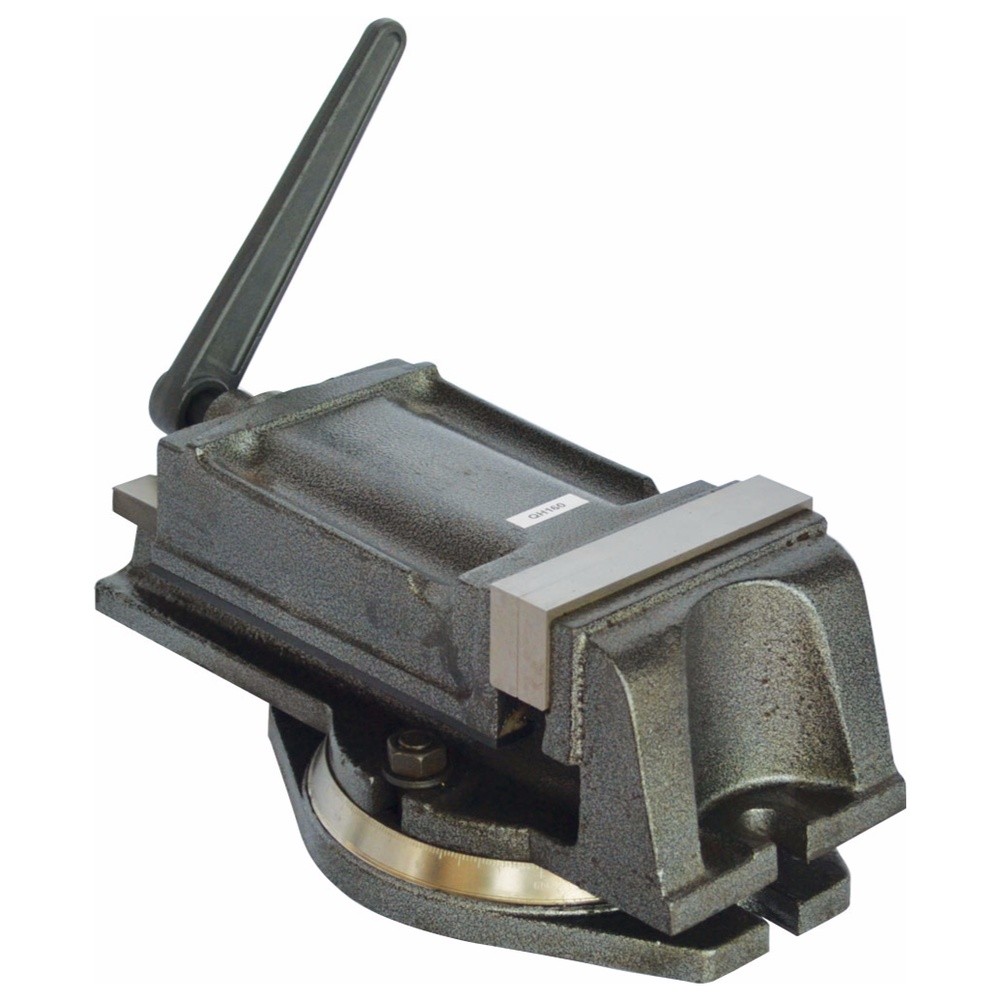
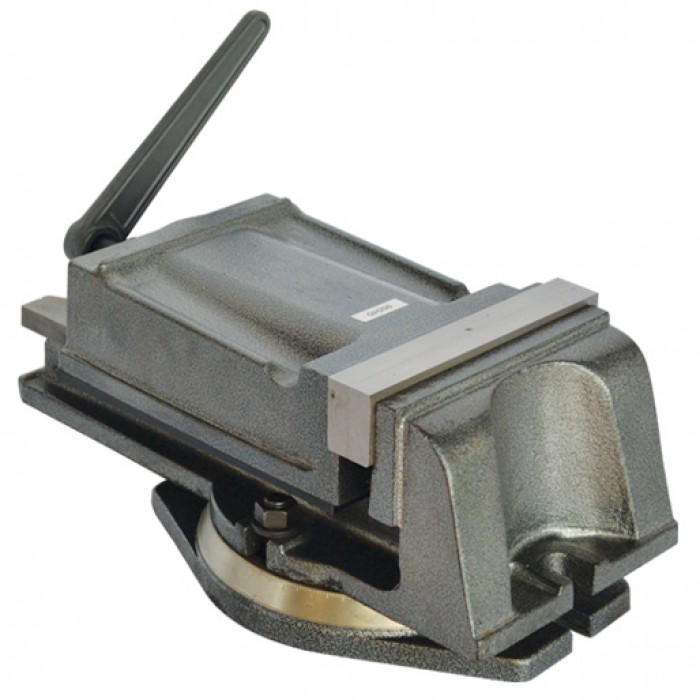
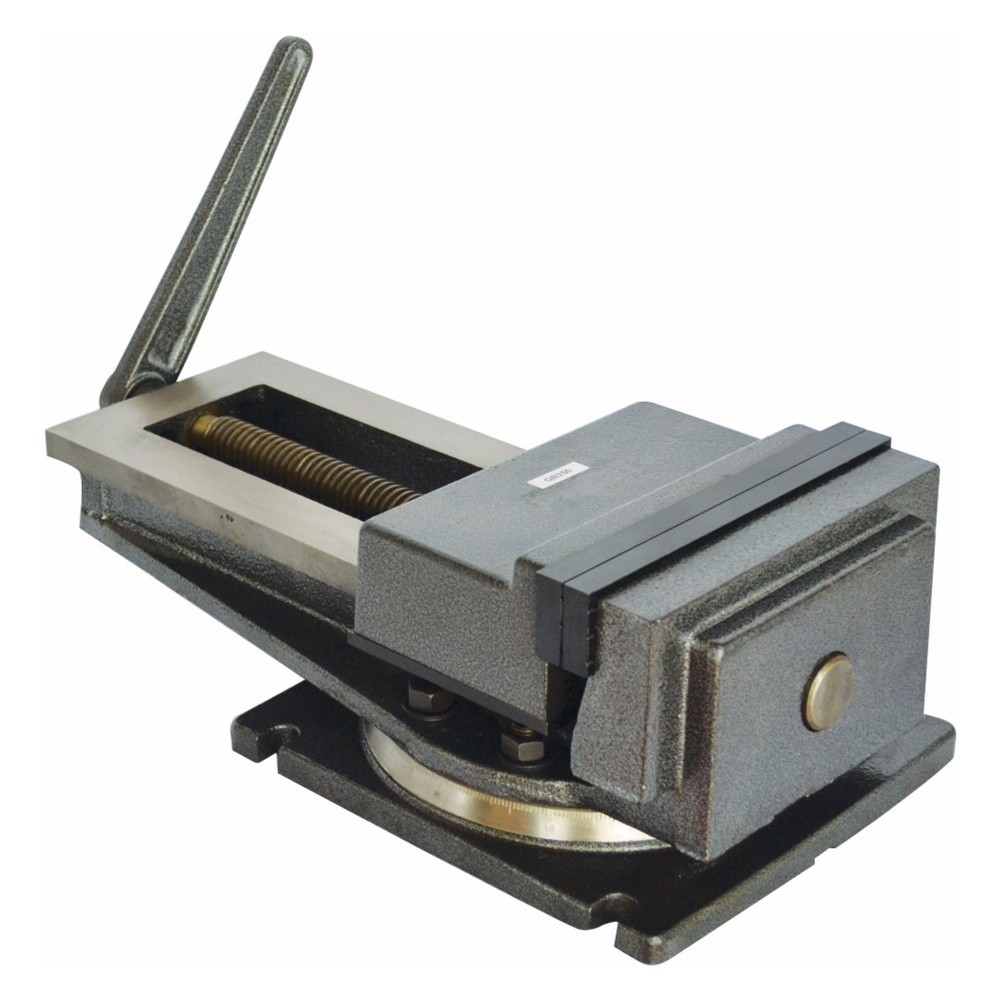
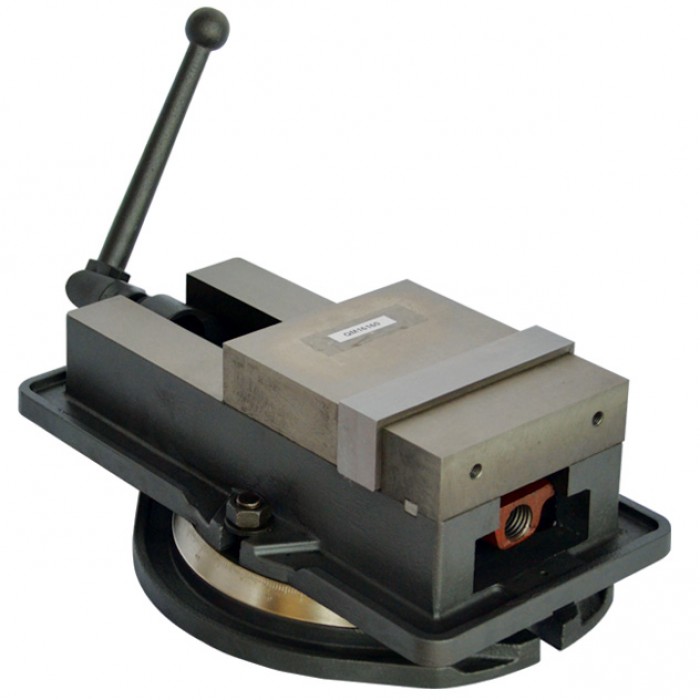
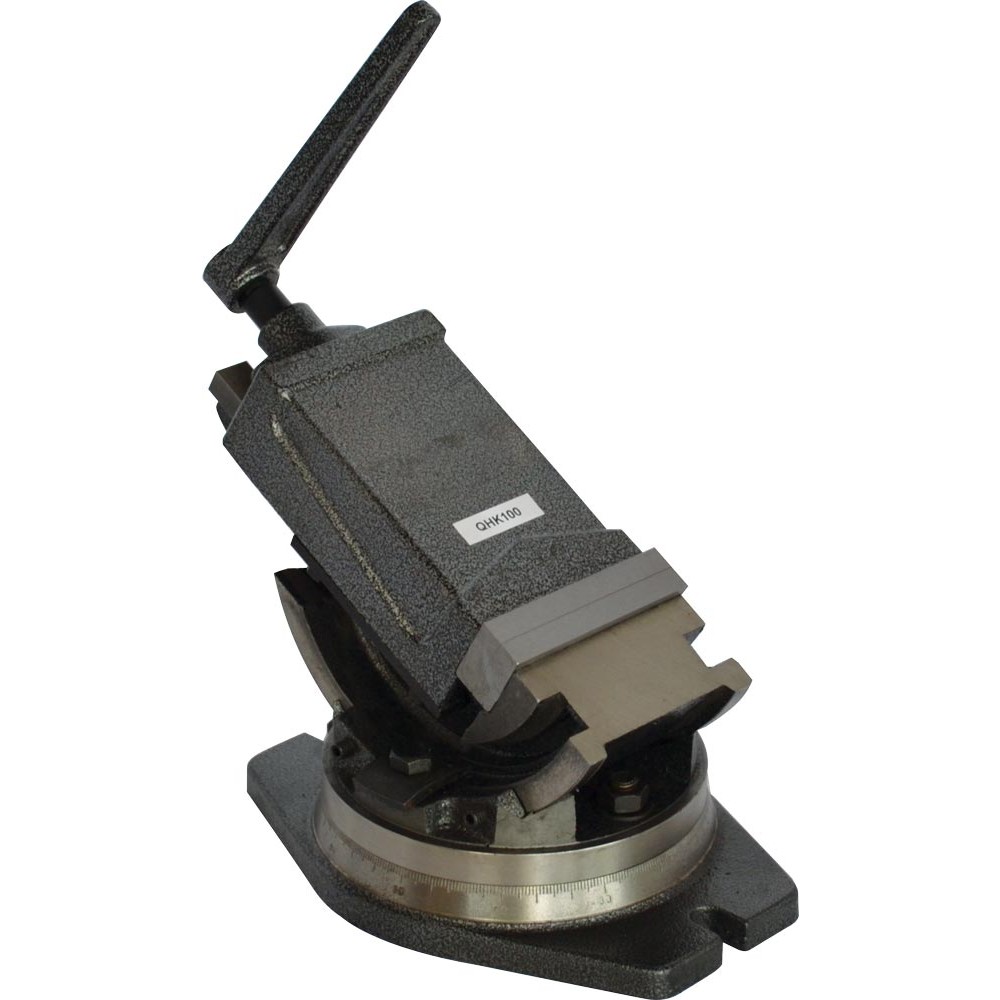
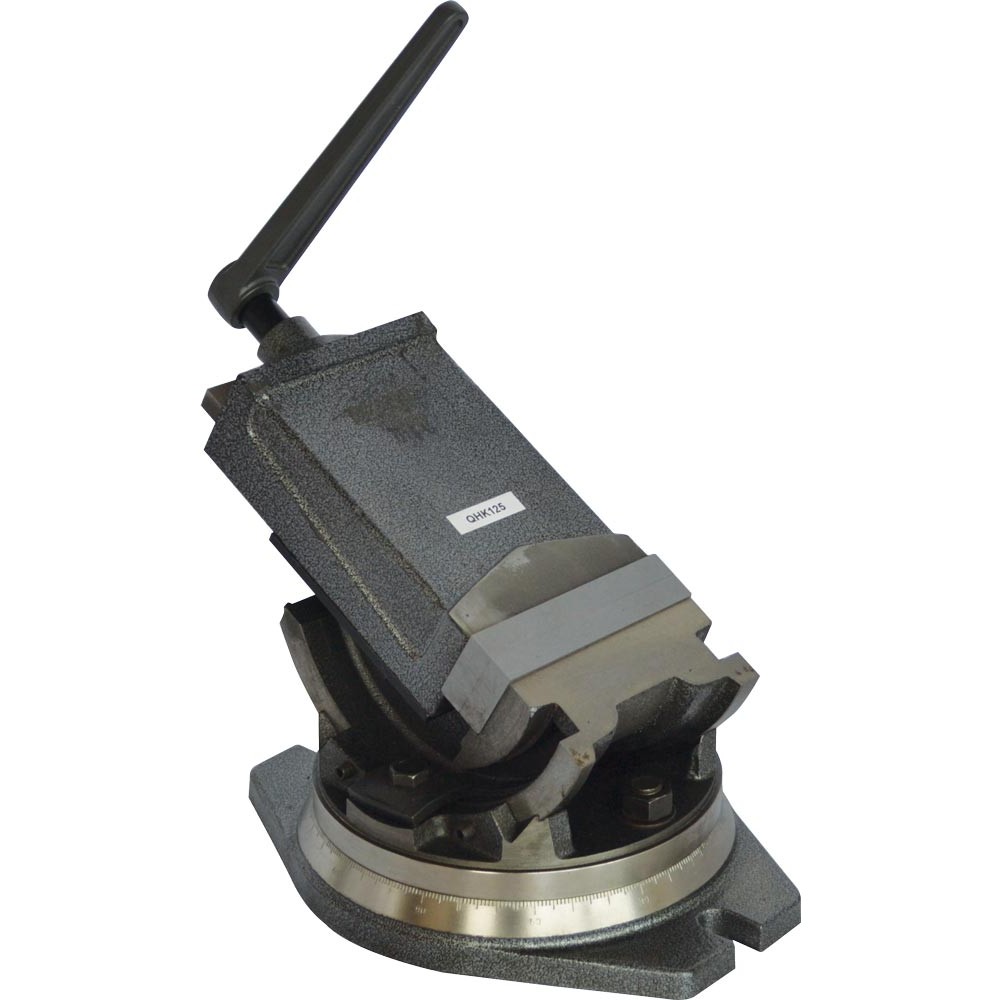
_zkmmzopp1k.jpg)
